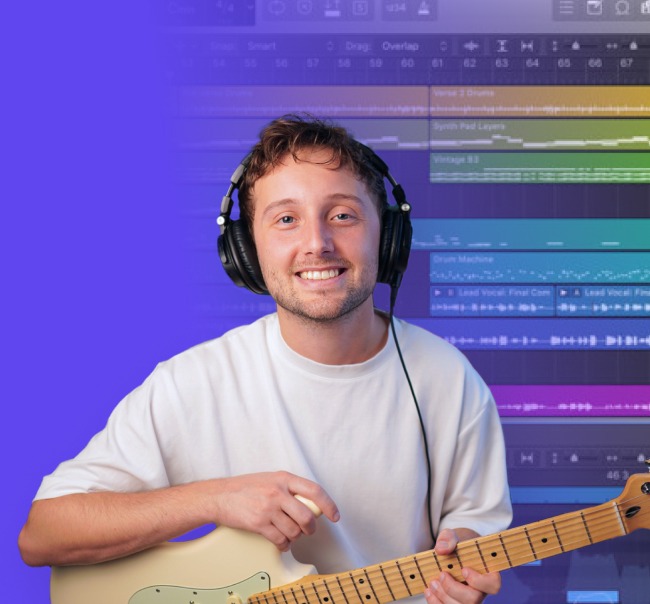
60 Music Symbols and Their Meanings Explained
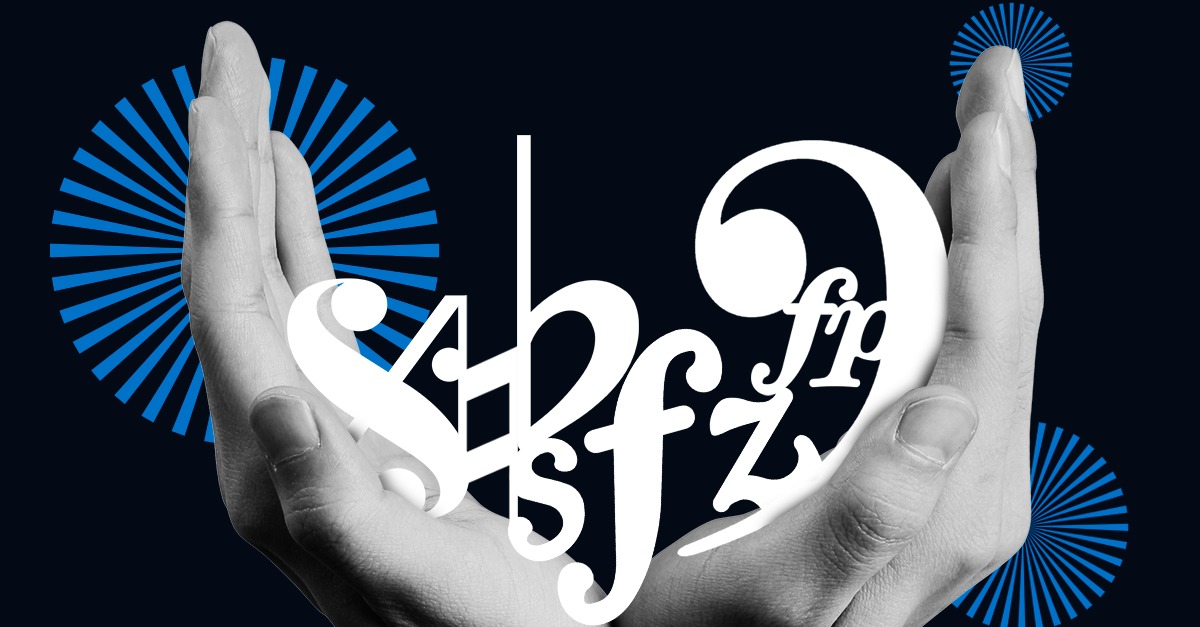
In sheet music, music symbols are used to describe the way a particular piece of music should be played.
That’s why sheet music is still so important for communicating how to play a piece of music.
But written music uses a lot of different symbols to describe what to play exactly and it can be confusing to know what each symbol means.
That’s why we’ve put together a master list of music symbols and some tips on what need to you need to know to read sheet music.
Hot tip: Learning music theory? Subscribe to our newsletter and get lessons, inspiration, and theory ideas delivered to your inbox every week!
Never miss a post from the LANDR Blog.
Get the newsletter weekly.
What are Music Symbols?
Music symbols are the written language of sheet music—a collection of marks and instructions used to communicate how a piece of music should be played. These symbols represent different aspects of music, including pitch, rhythm, tempo, and dynamics, as well as articulation, phrasing, and more.
Music symbols help precisely convey the composer’s intentions, ensuring that the music is played the same way each time, regardless of the performer or the location.
These symbols are universally recognized, making sheet music a global language that can be read and understood by musicians around the world.
There are hundreds of music symbols, each with a specific meaning, and these can vary somewhat depending on the style or period of the music.
However, most music is notated with a selection of much more common music symbols that we’ll explore in this article.
How to use music symbols
For beginner musicians, understanding the theory behind music symbols is only half the battle—the practical application of these symbols is equally important.
Here are some practical tips on how to interpret and apply these symbols when playing an instrument.
Understand the context
Music symbols should not be interpreted in isolation. Instead, they should be understood in the context of the whole piece.
For example, a staccato mark (a dot above or below a note) means the note should be played short and detached, but the exact extent of a staccato note’s shortness will depend on the piece’s style and tempo.
Practice sight-reading
Sight-reading is the ability to read and play music at first sight.
This skill is essential for musicians and will help you become more familiar with music symbols and their application.
Our best advice is to start with simple pieces and gradually move on to more complex compositions.
Use a reference guide
Keep a reference guide like this one handy for any symbols you are unfamiliar with.
Over time, you’ll memorize these symbols and be able to identify them instantly.
Now, let’s dive into the 60 most common music symbols you’ll find in written music.
1. Accent
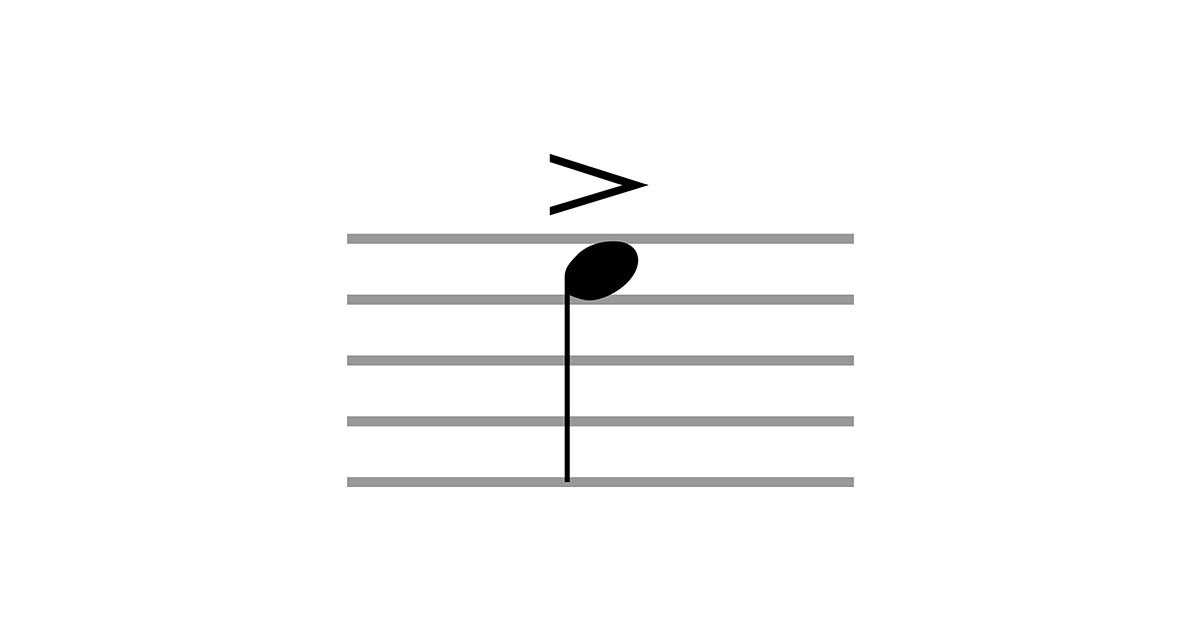
The accent is a sideways V found on the top or bottom of the head of a note.
It indicated that the specific note should be played at an increased dynamic over the other notes in the bar.
2. Arpeggio
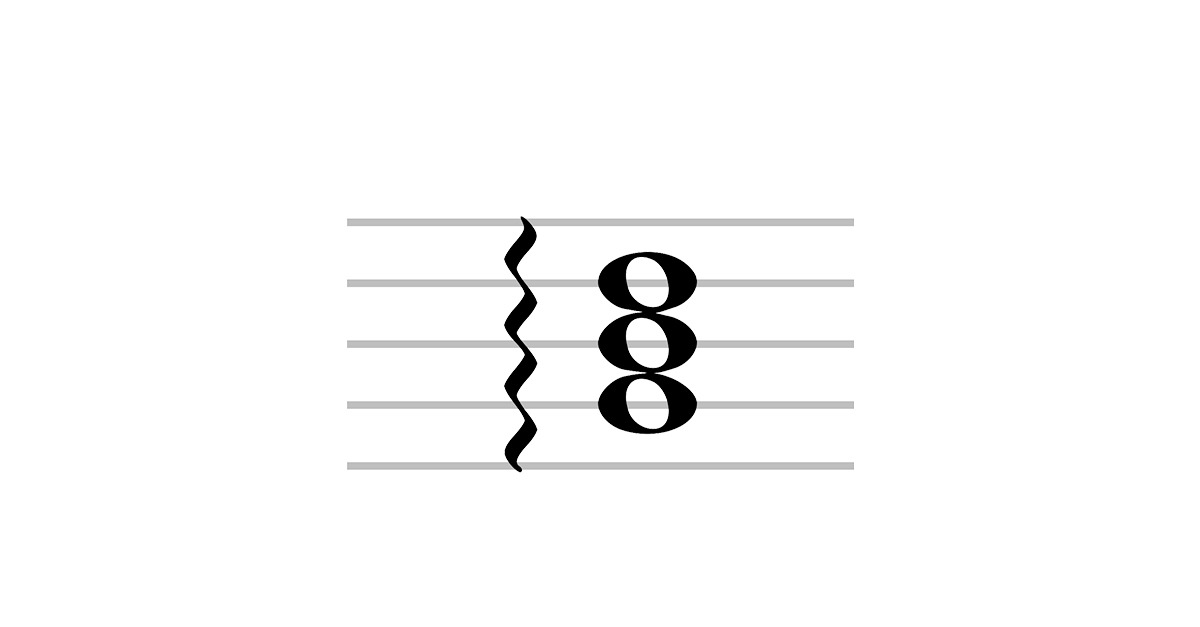
The arpeggio symbol indicates to the player that the notes in the chord should be played independently and in a sweeping motion similar to the way an arpeggio is played.
3. Bars

A bar or measure in music is symbolized by vertical lines on the staff. The notes of a specific measure are written between each vertical bar.
4. Brace
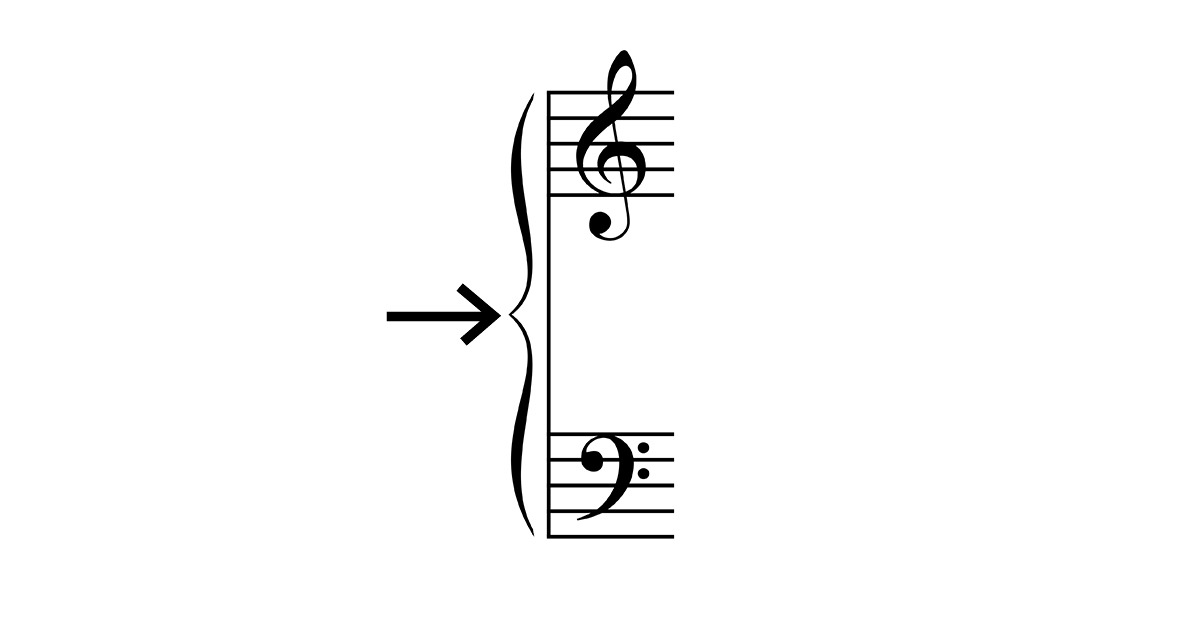
The brace symbol is used to indicate that two clefs on a musical staff are connected and should be played together.
It’s used most commonly to visually connect the bass and treble clef in piano music.
5. Breath Mark
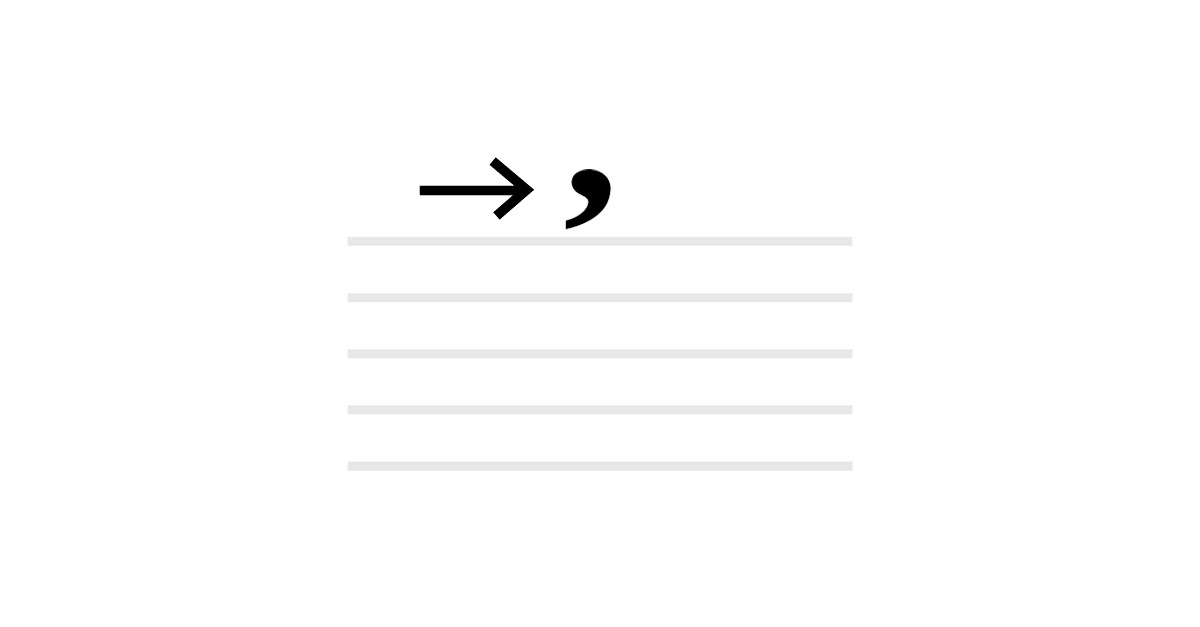
Breath marks are comma like symbols used between notes to indicate where wind players and choir singers may take a breath between passages.
6. Caesura
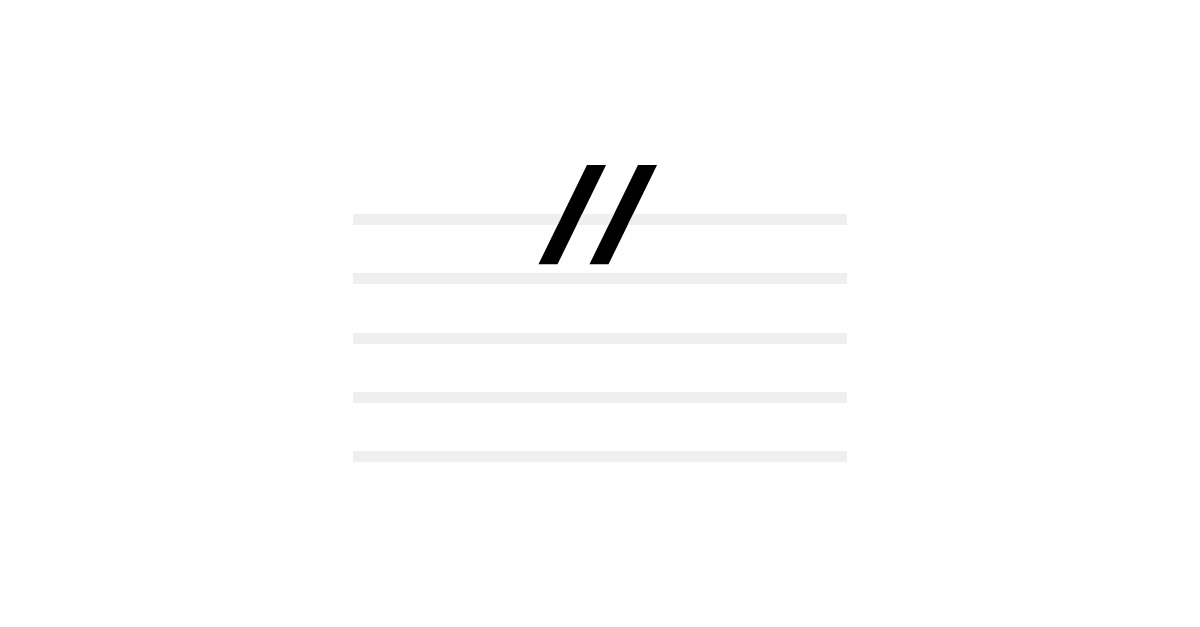
A caesura marking indicates a break or stop in playing. In this case, it is the conductor who will decide when to bring the ensemble back in.
7. Chord Numerals
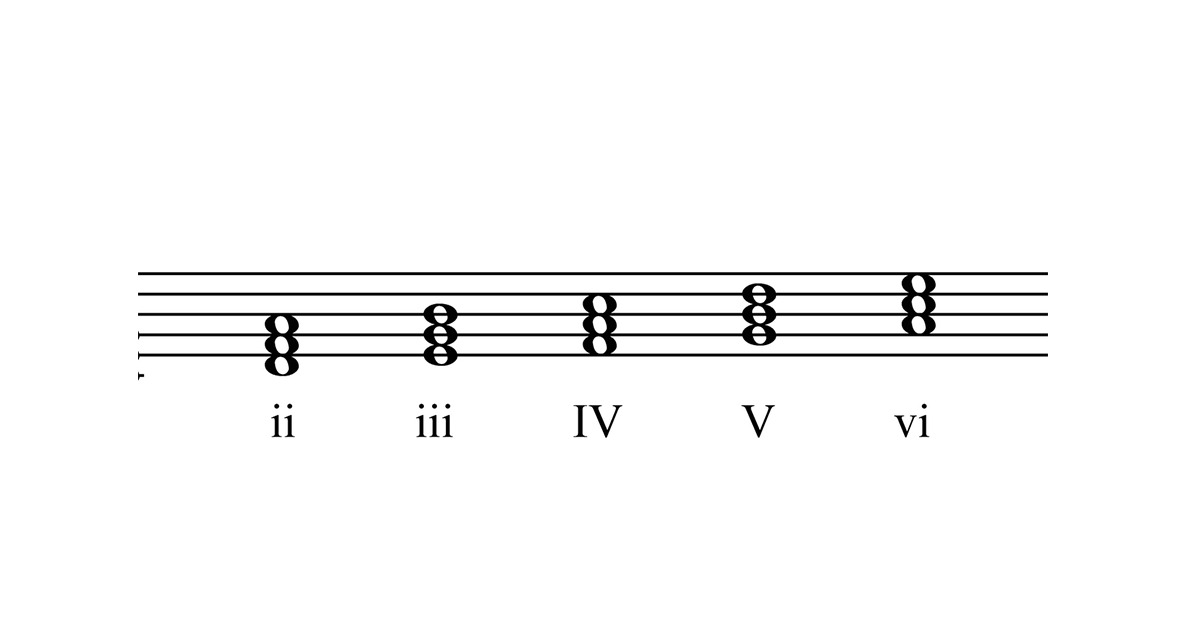
In sheet music, you’ll often see roman numerals denoting the chord’s position within the key of a piece of music.
8. Clef
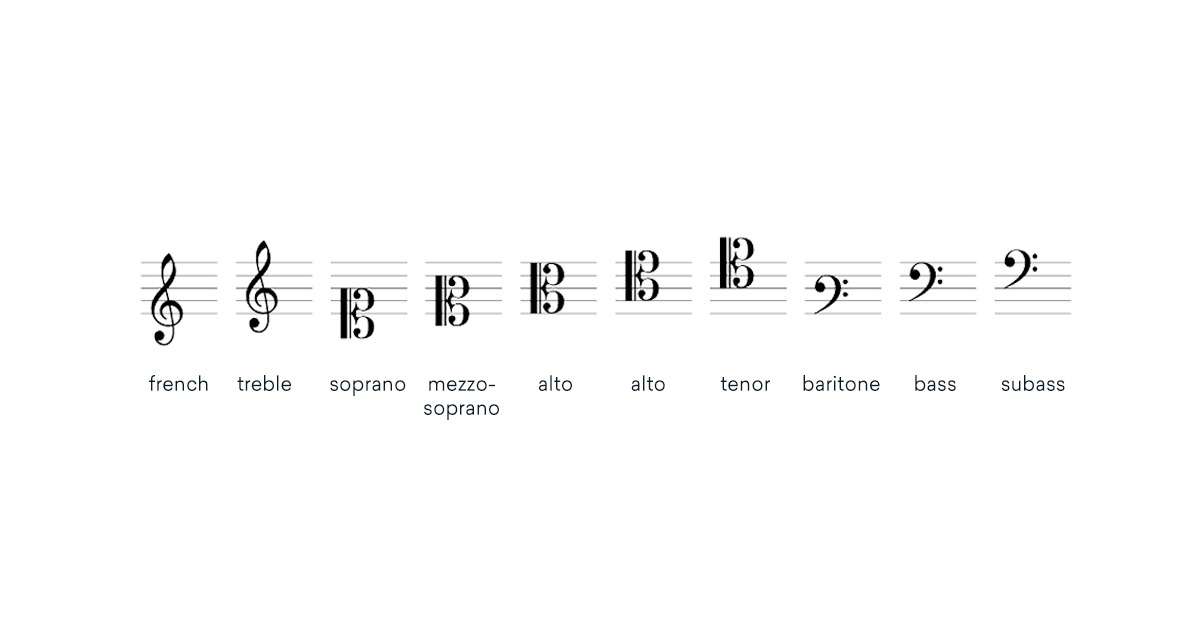
The clef is a symbol used at the beginning of every piece of sheet music. It indicates the note value of each line on the staff.
The clef is a symbol used at the beginning of every piece of sheet music. It indicates the note value of each line on the staff.
There are many clefs in music but the two most common are the treble and bass clef.
These clefs are also known as the G-clef and F-clef because they both indicate where G in the treble clef and F in the bass clef are found respectively.
Choral music also makes use of different C-clefs for soprano, alto, tenor and baritone to indicate where middle C is found on the staff.
9. Coda
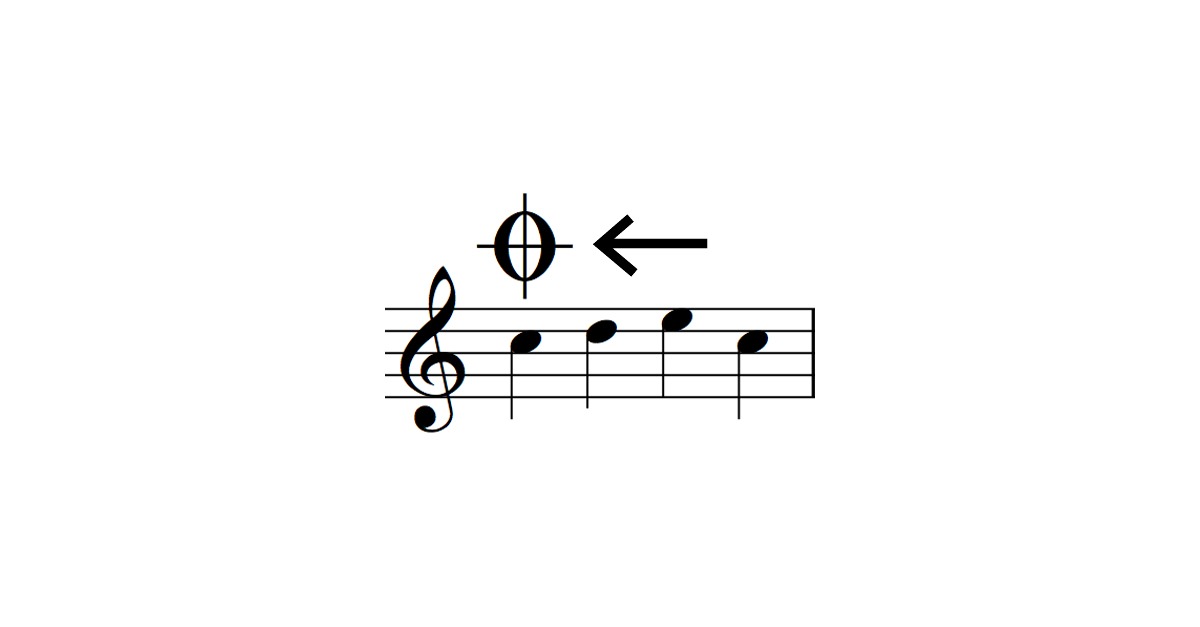
The coda serves as a reference point in a piece of music.
For example, when the instruction “to coda” is written the player is expected to continue playing from where the coda symbol is located on the sheet.
The coda is denoted by a circle with a cross through it.
10. Common Time
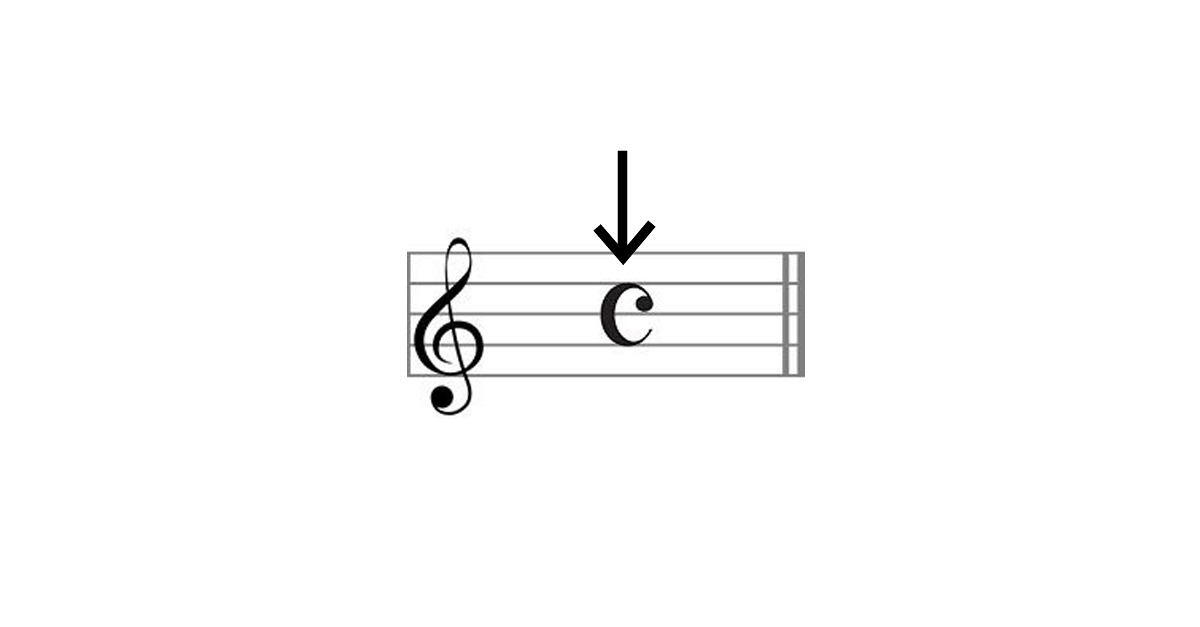
The common time is 4/4 time. It’s denoted by a C symbol where the time signature is found. It’s simply another way of instructing the player to play 4/4 time.
11. Crescendo
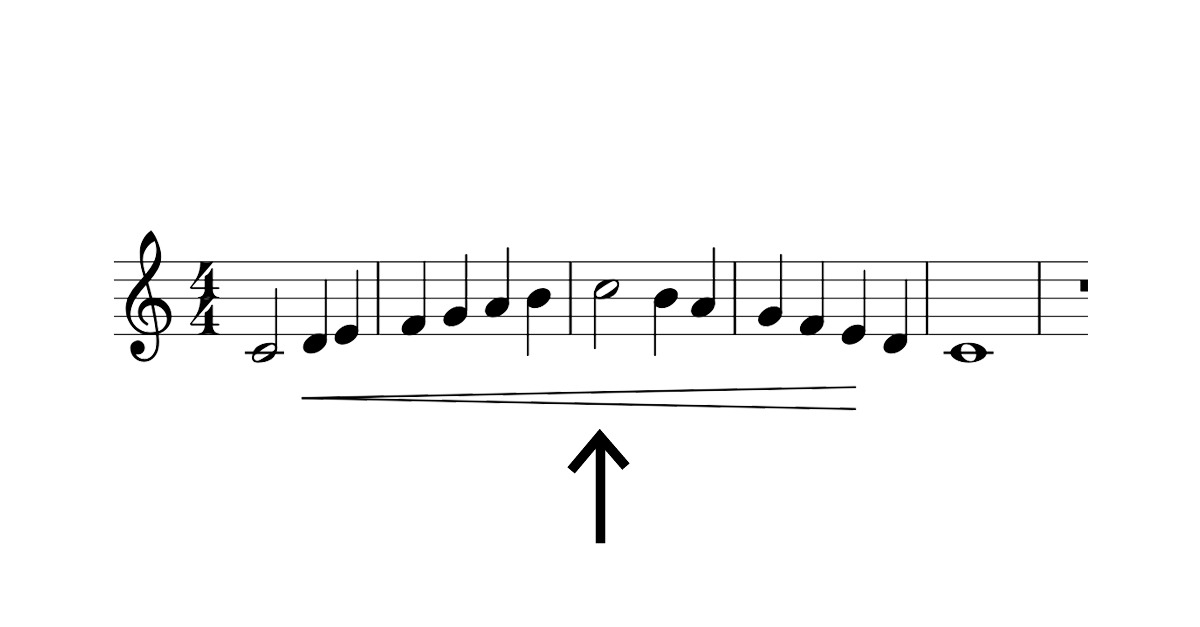
A crescendo indicates an increase in dynamic (or loudness) during a piece of music. As the shape opens up the player should increase their volume.
12. Cut Time
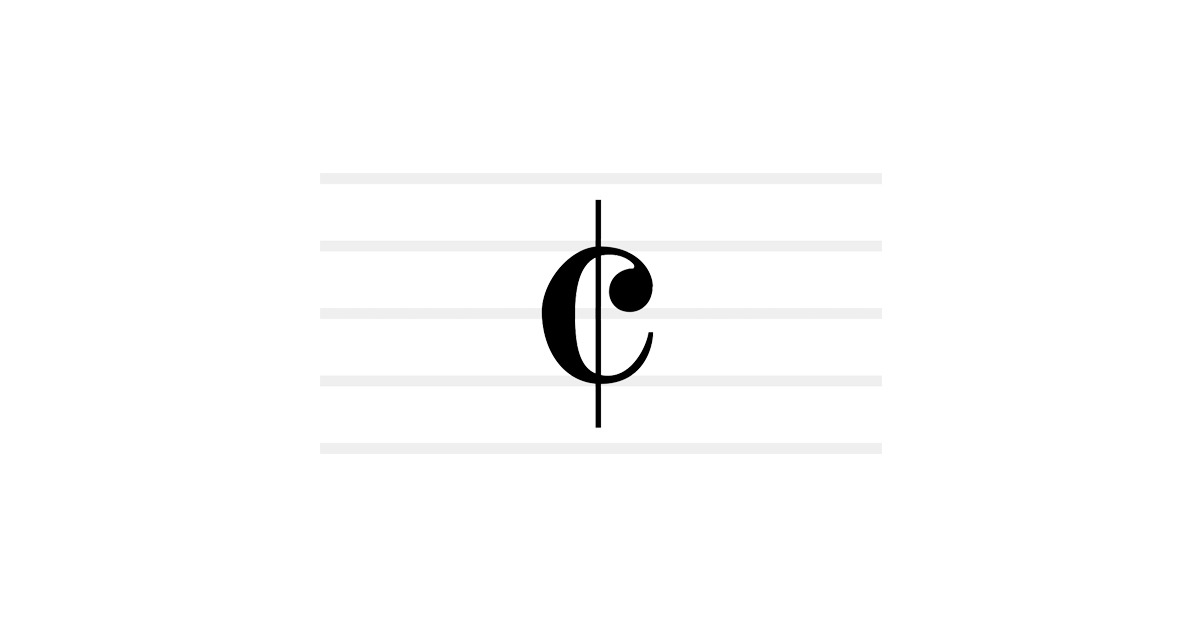
Similar to common time, cut time is another way of writing 2/2 time in the time signature section of a piece of sheet music.
It’s denoted by a C symbol with a bar through it.
13. Da Capo
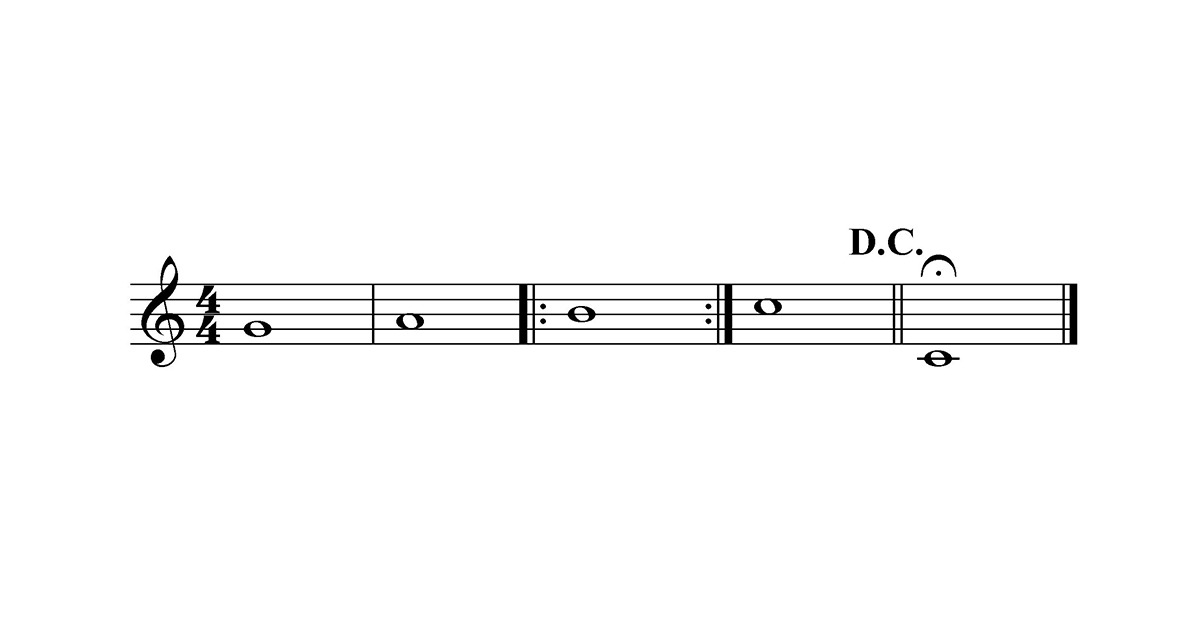
“Da Capo” is an instruction given on a piece of sheet music to restart playing the piece from the very beginning.
It’s usually symbolized by the initials D.C. if it’s not expressly written.
14. Dal Segno
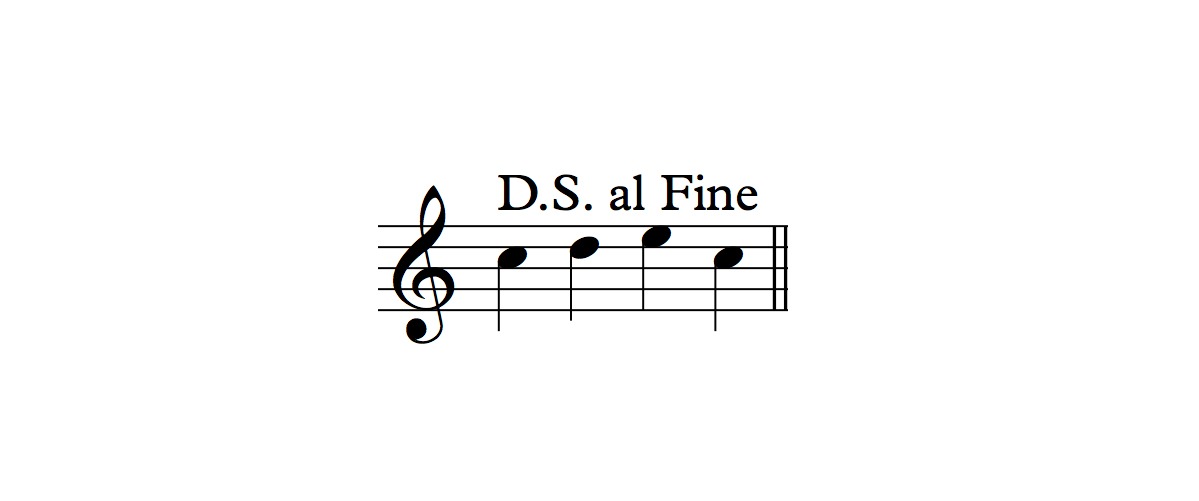
Similar to Dal Capo, Dal Segno instructs the player to resume playing from a sign symbol found elsewhere in the piece.
It’s usually written as the initials D.S. if it’s not expressly written.
15. Damp

The instruction to damp is symbolized by a circle with an X through it.
For example, the instruction is may be given to a timpani player when a drum must be muted.
16. Damp All

Similar to Damp, the Damp All symbol is used to instruct a player to damp every part of the instrument that’s ringing at a specific moment.
It’s denoted by two circles with a cross through it.
17. Decrescendo
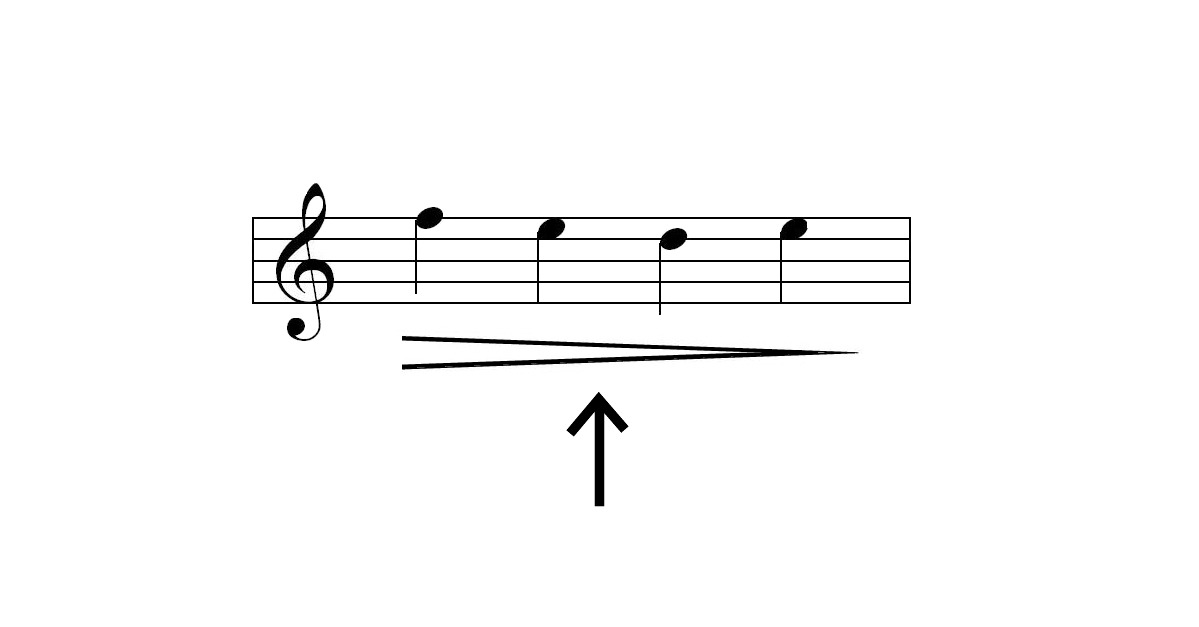
The symbol for decrescendo is the opposite of crescendo. It indicates to the player a gradual reduction in dynamic over a series of notes.
18. Demi Flat
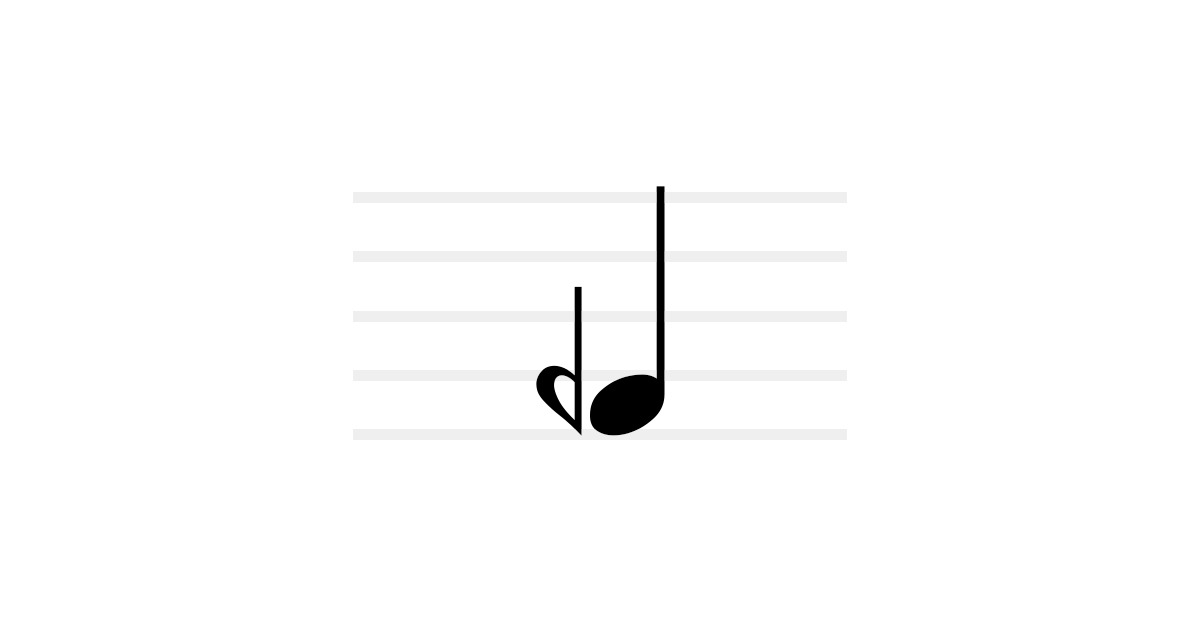
A demi flat symbol is used to instruct the player to play a note one quarter-tone lower than the natural note.
19. Demi Sharp
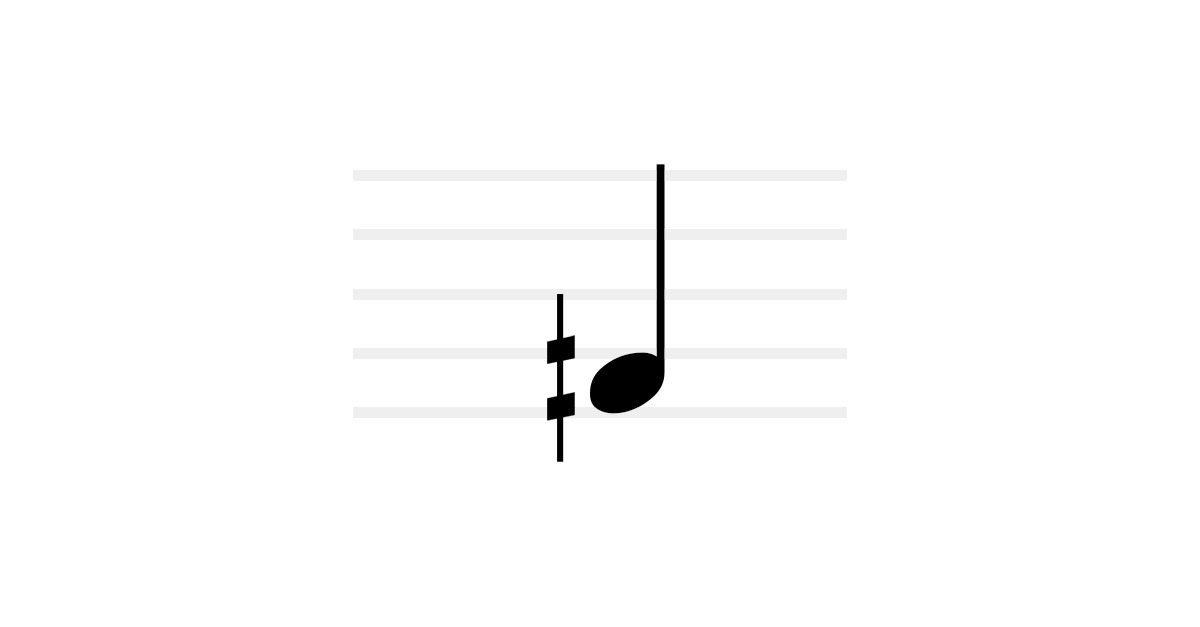
A demisharp symbol is used to instruct the player to play a note one quarter-tone higher than the natural note.
20. Double Flat
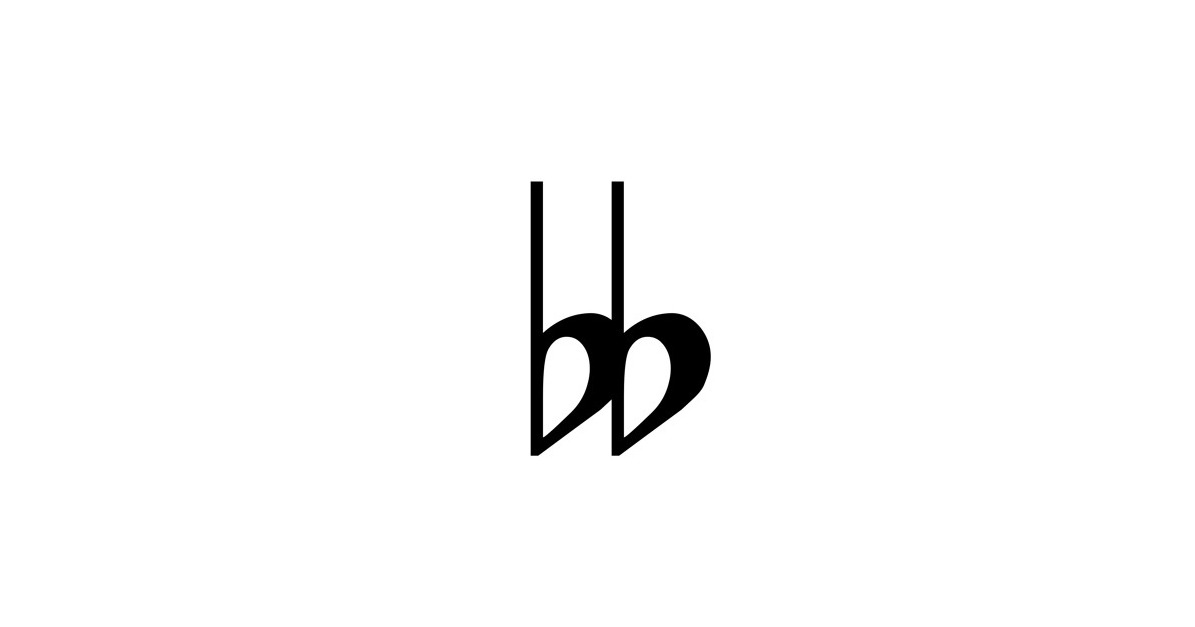
A double flat symbol is used to indicate that a note is to be played two steps down. It’s symbolized by using two flat symbols together.
21. Double Sharp
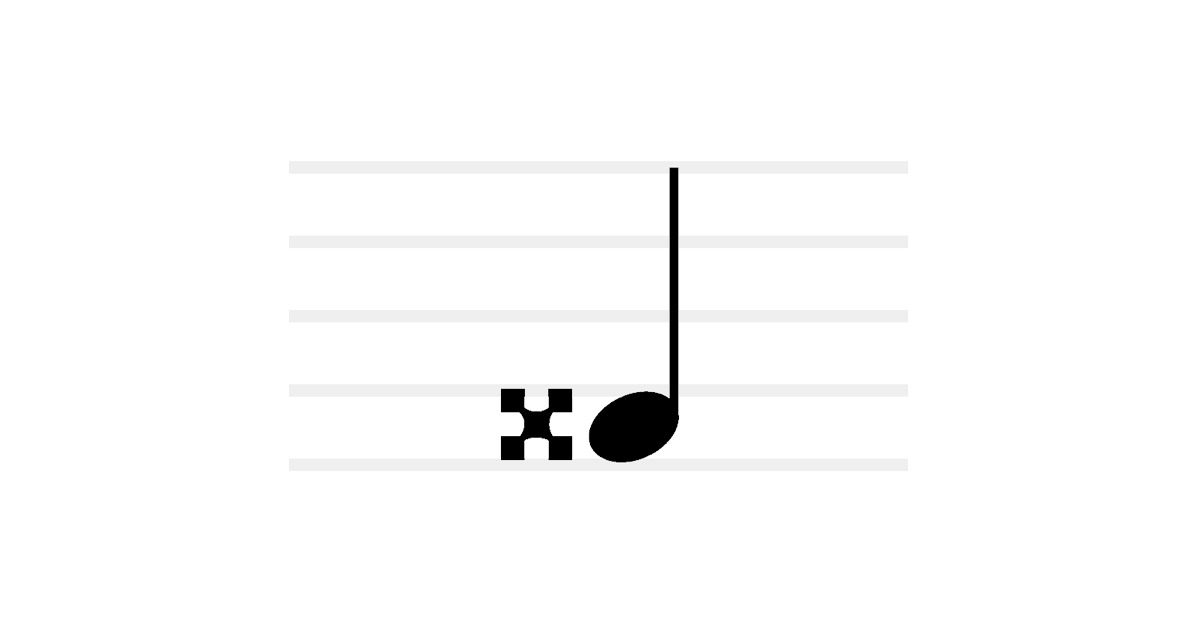
Similar to the double flat, the double sharp refers to a not that is to be played two semitones up from its natural state.
22. Down-bow
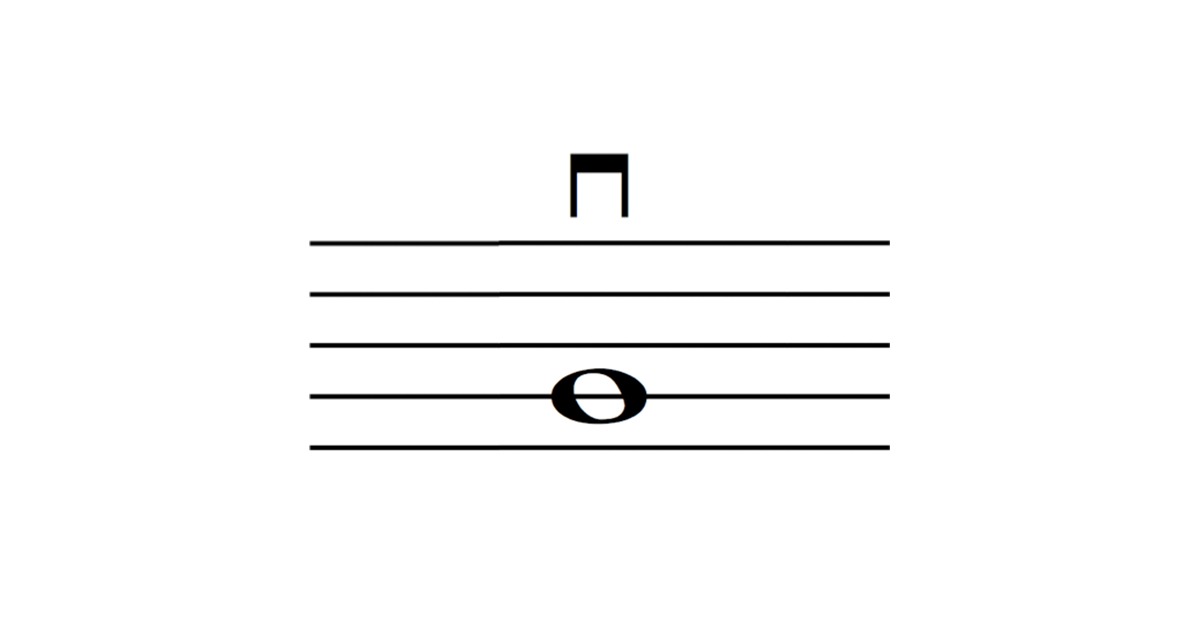
A down-bow symbol indicates that a string player must play the note using a downward bowing motion.
23. Dynamic Notation
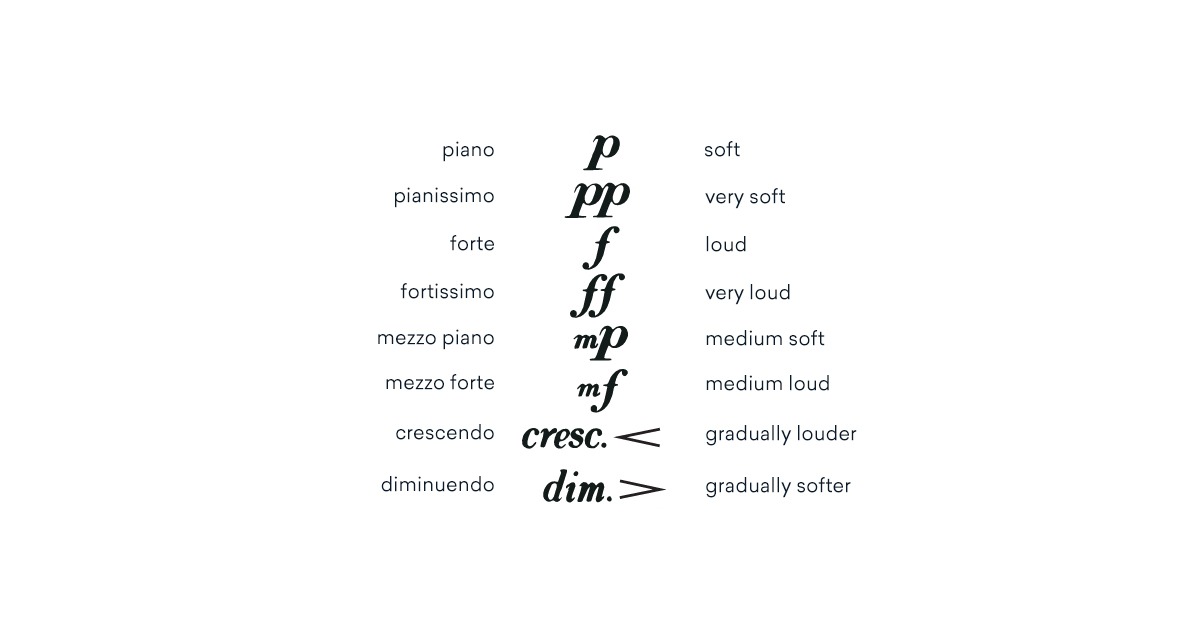
Dynamics are notated in music with the letters p for piano, m for mezzo and f for forte.
Piano means a quieter dynamic than mezzo piano and forte means to play with a louder dynamic that than mezzo forte.
24. Fermata
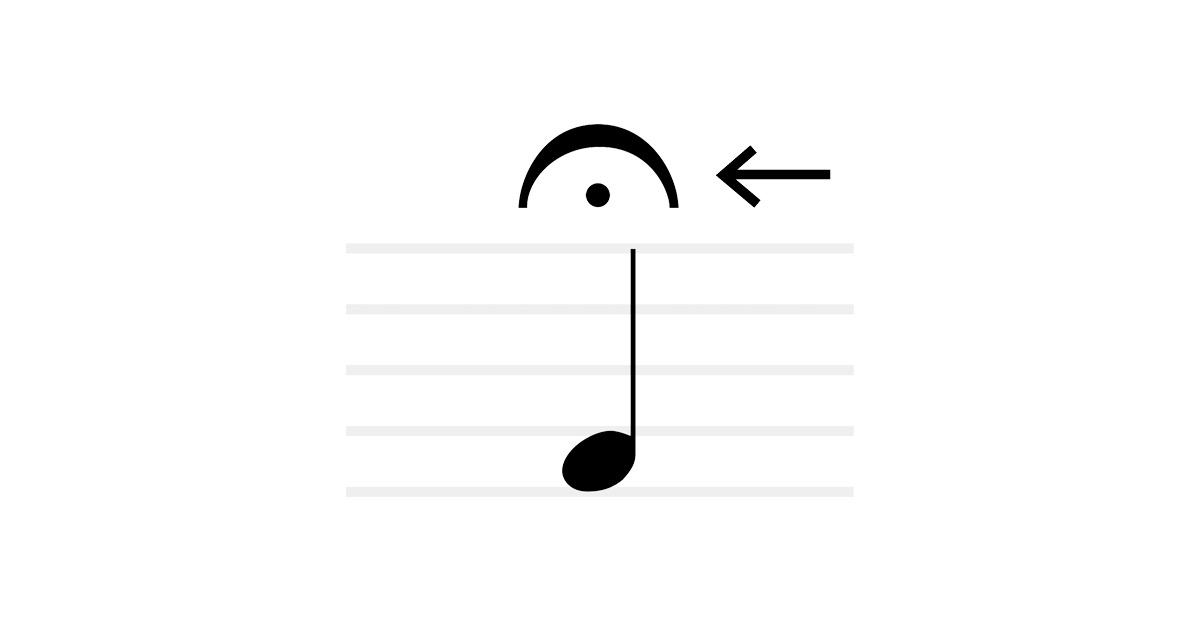
Fermata is a music symbol used to indicate that a note should be held until given a cue from the conductor to continue playing.
25. Flat
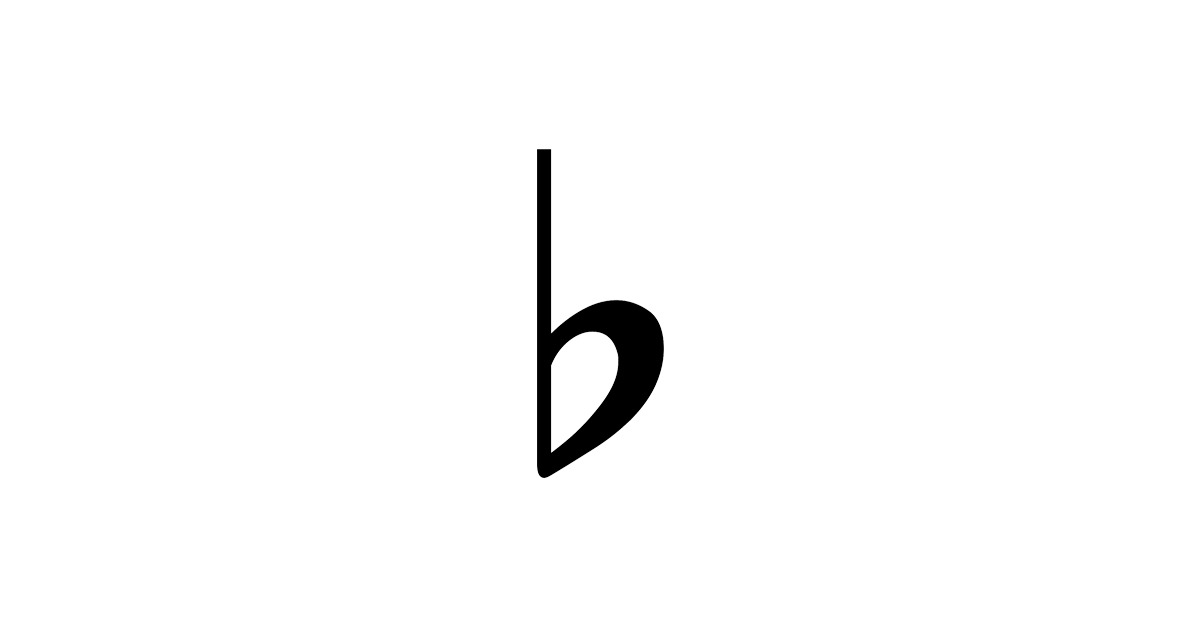
A flat note is a note played one semitone below its natural state.
26. Fortepiano

The fortepiano music symbol tells the player to abruptly shift from a loud dynamic to a quiet dynamic.
27. G-clef Ottava Alta

An ottava alta g-clef indicates that all notes on the staff should be played one octave higher.
28. G-clef Ottava Bassa

An ottava bassa g-clef indicates that all notes on the staff must be played one octave lower.
29. Glissando
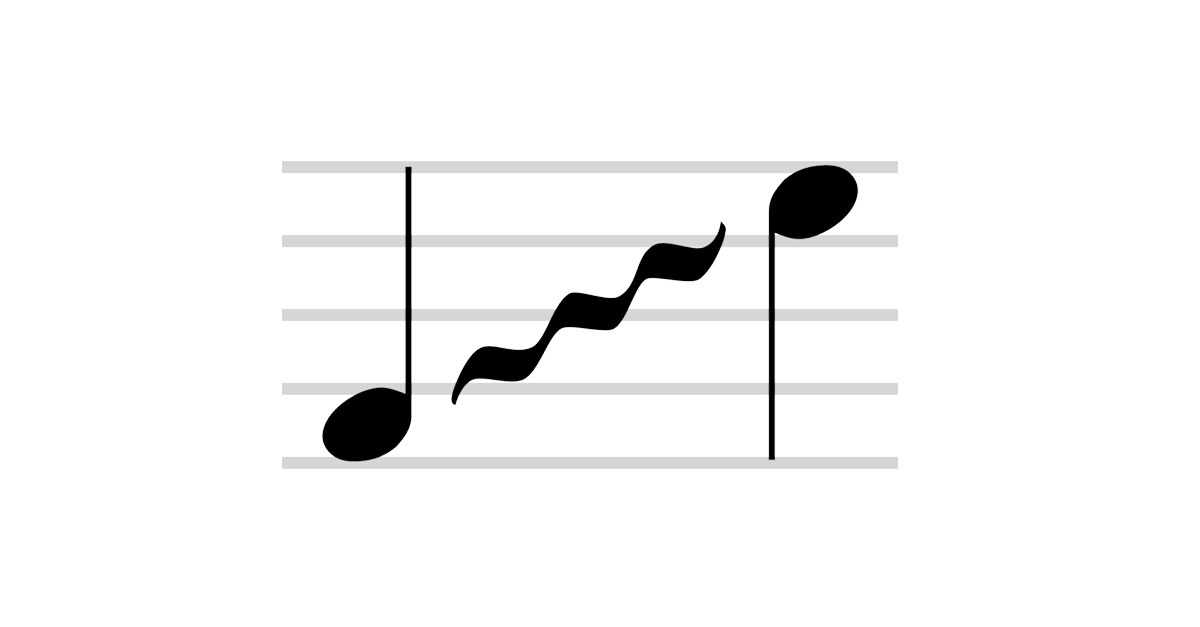
A glissando symbol instructs the player to slide in pitch up and down from note to note.
30. Grace Note
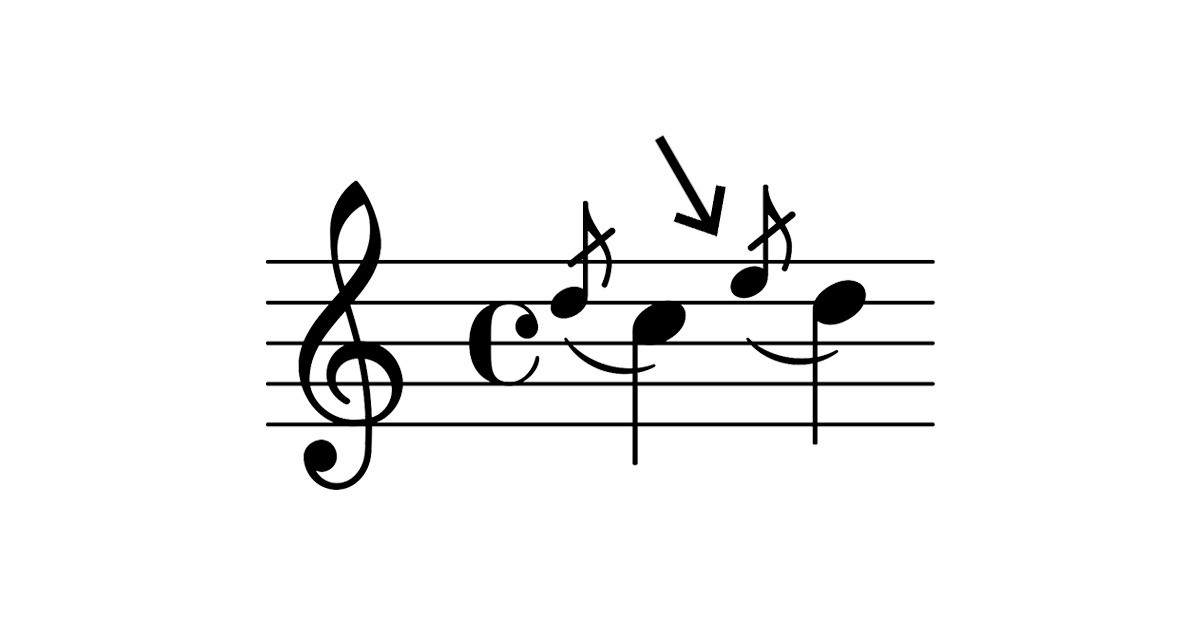
A grace note is a short note that’s played quickly and quietly before the main note on the downbeat.
31. Hemiola
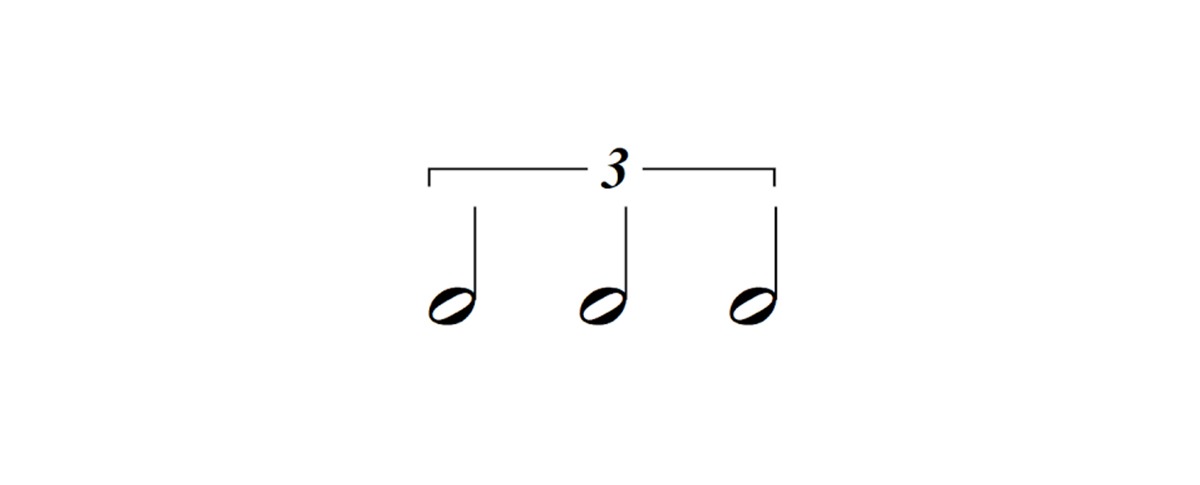
A hemiola in music defines a rhythmic ratio of 3:2. It’s notated with a bracket and the number three if the music is in duple meter or the number two if the music is in triple meter.
32. Key Signature
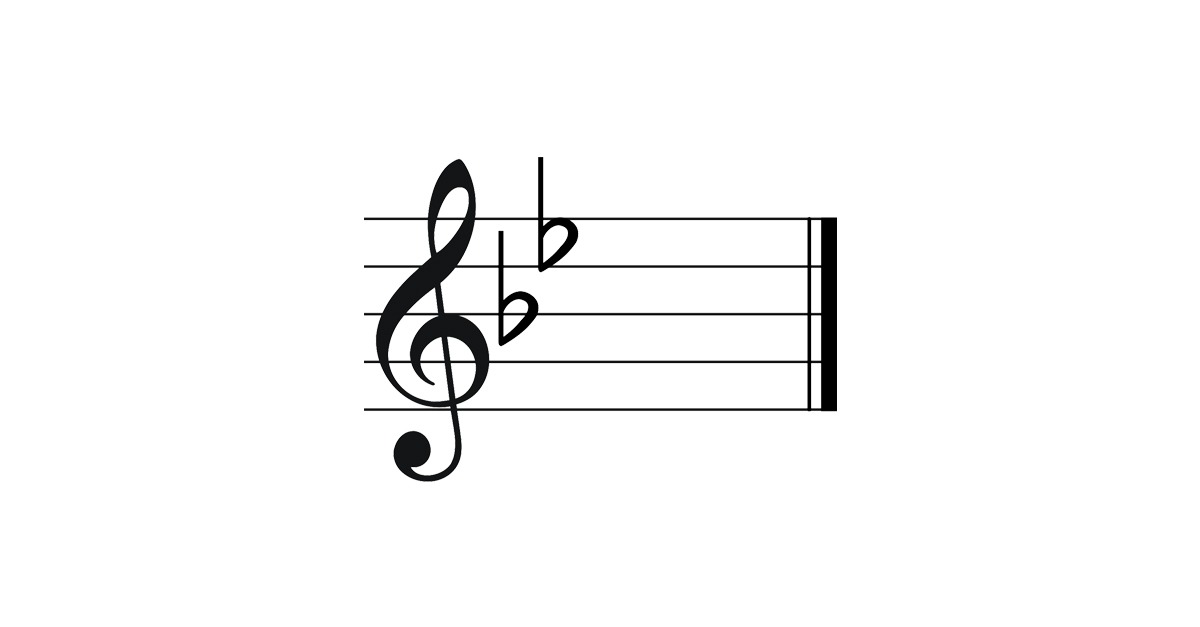
The key signature is symbolized in music by a series of sharps or flats at the beginning of a piece on a musical staff.
33. Marcato Accent
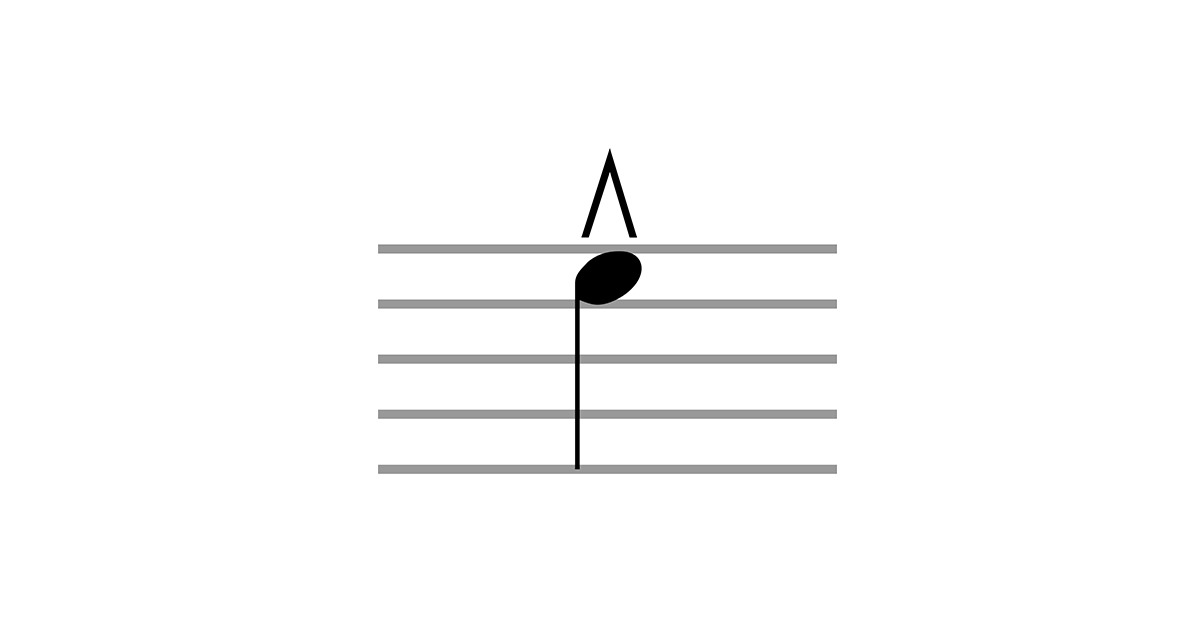
A marcato is a slightly more intense accent than a regular accent.
34. Multi Rest
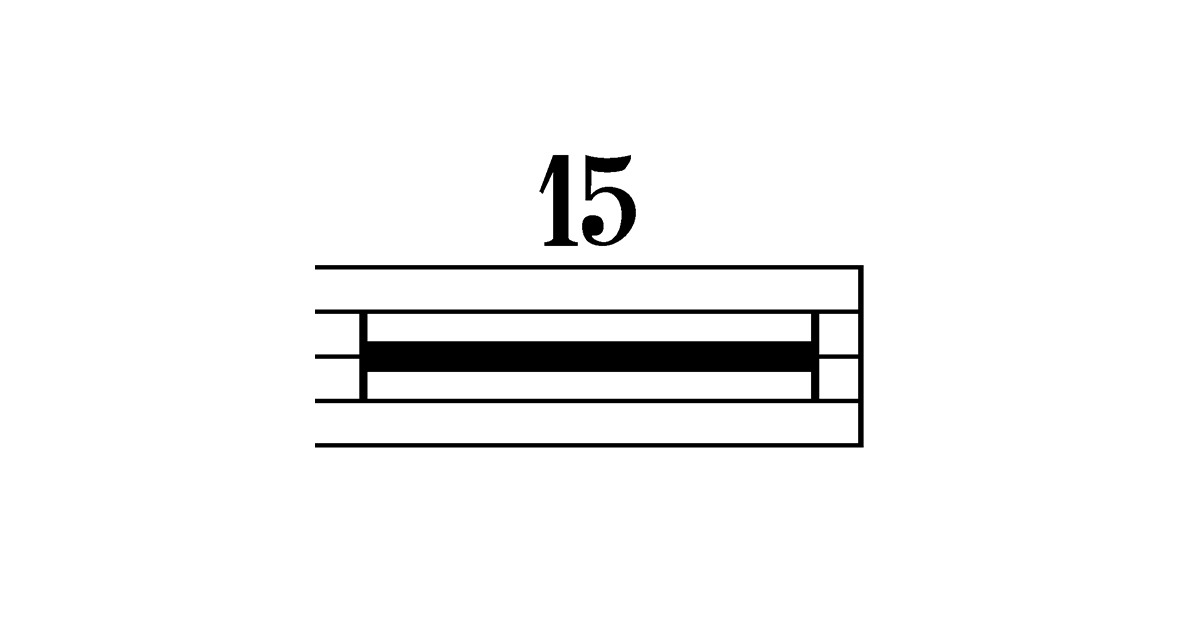
A multi rest indicates that the player should rest for multiple bars.
35. Music End
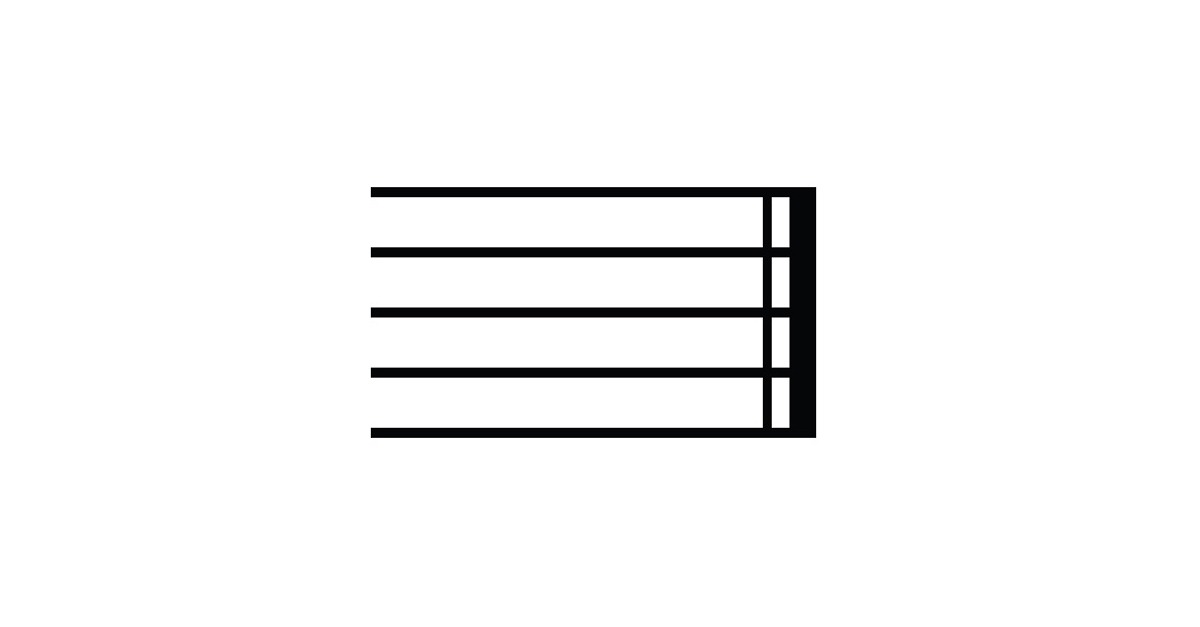
A double bar is the music symbol used at the end of the piece to indicate where it ends.
36. Natural
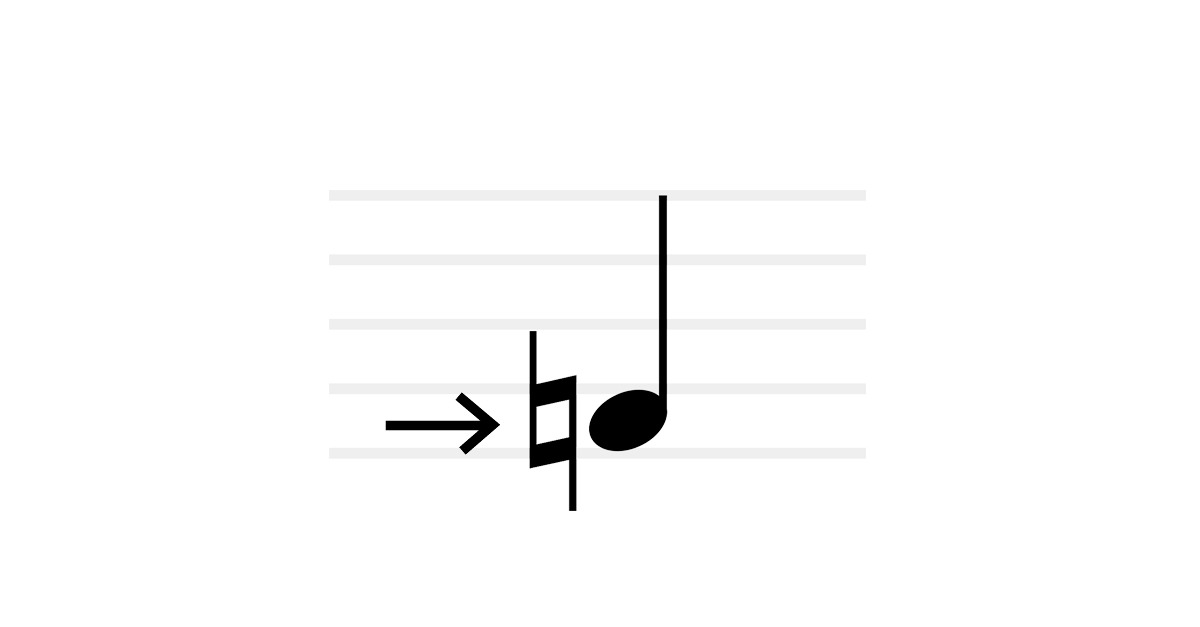
A natural note is a note that’s neither sharp nor flat.
37. Neutral Clef
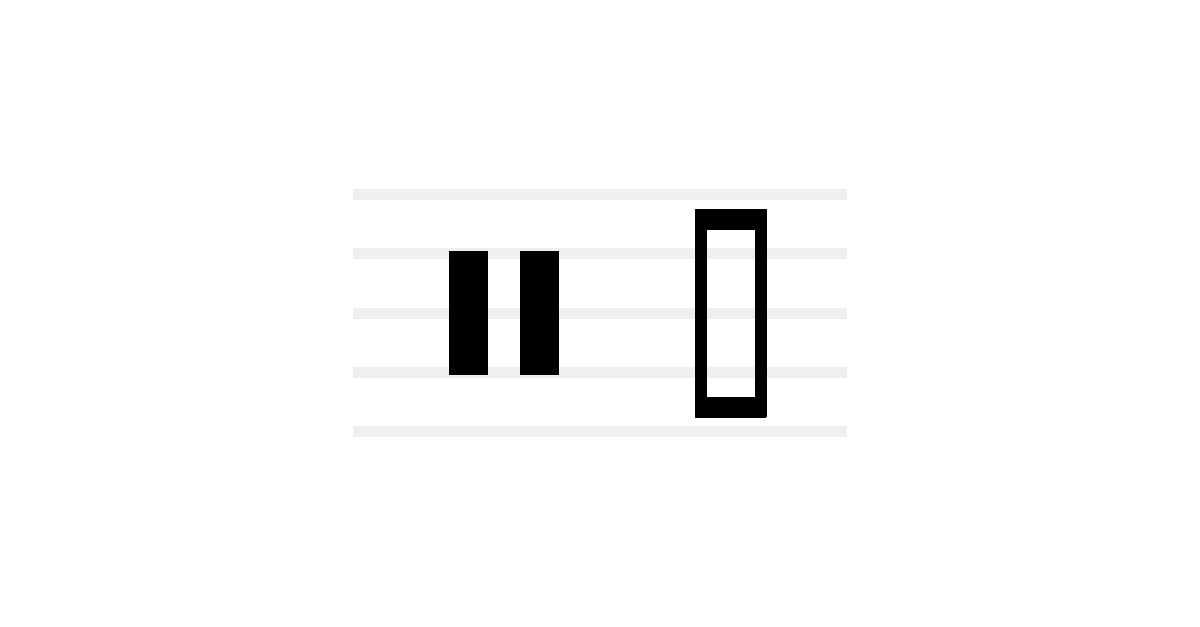
The neutral clef is used when note values don’t apply to the instrument being played.
It’s most commonly used for percussion notation since many percussion instruments don’t use standard notes.
38. Note
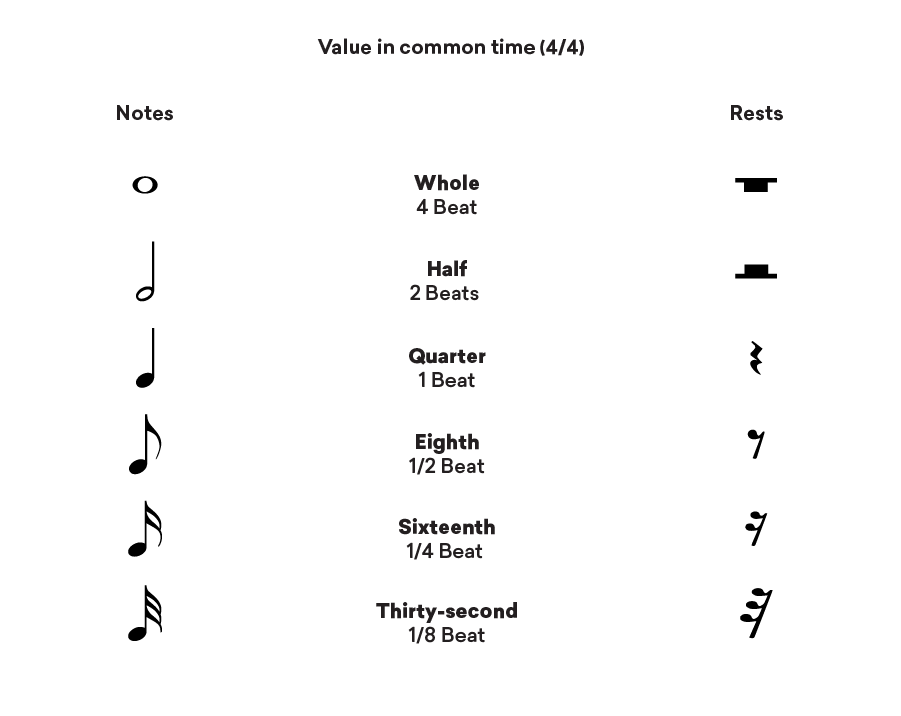
Notes are used to communicate rhythms and pitches. There’s many different kinds of notes, each signifies a specific subdivision in duration relative to a whole note.
Notes are used to communicate rhythms and pitches. There’s many different kinds of notes, each signifies a specific subdivision in duration relative to a whole note.
39. Ottava Alta
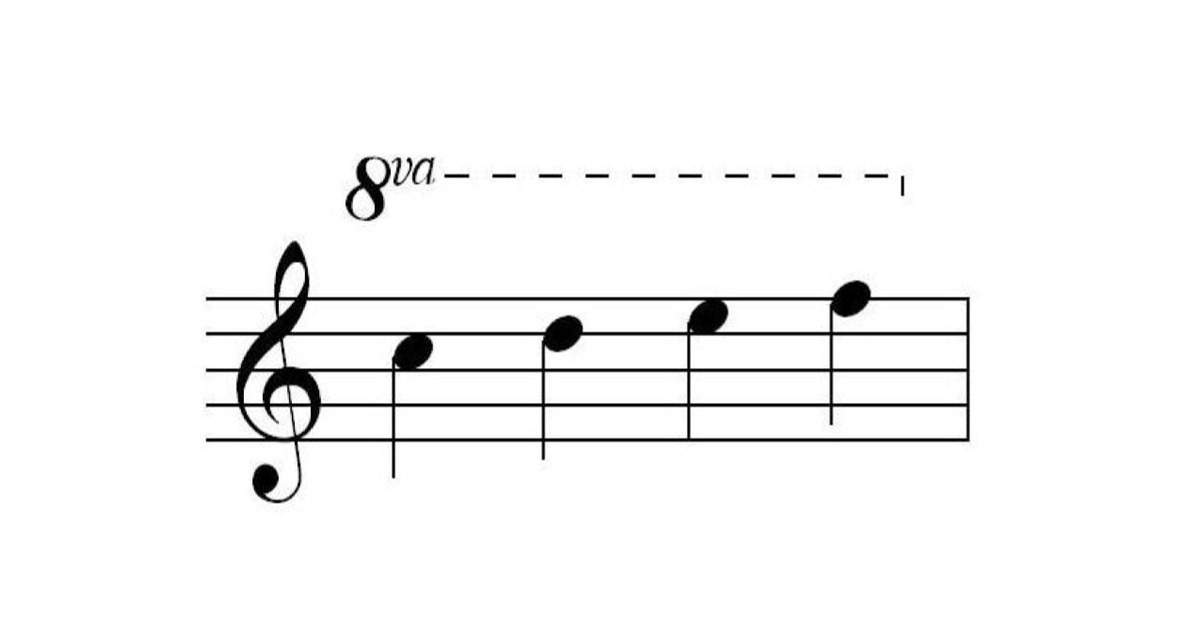
Ottava alta indicates that the notes on the sheet should be played one octave higher than what’s written.
40. Ottava Bassa
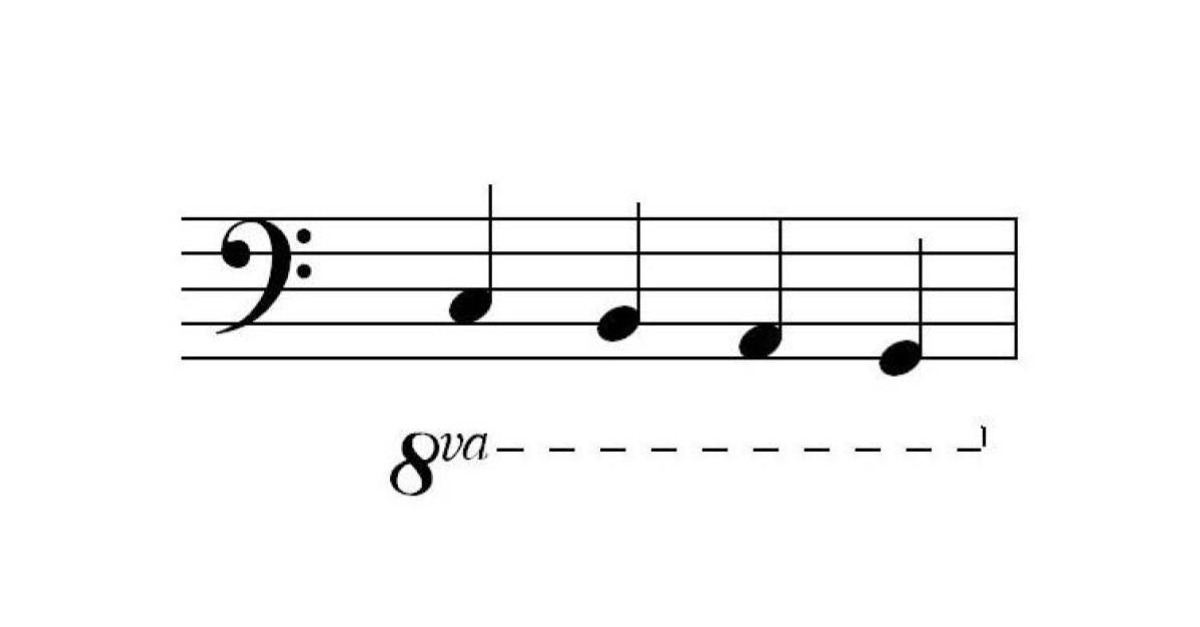
Ottava bassa indicates that the notes on the sheet should be played one octave higher than what’s written.
41. Percussion Clef
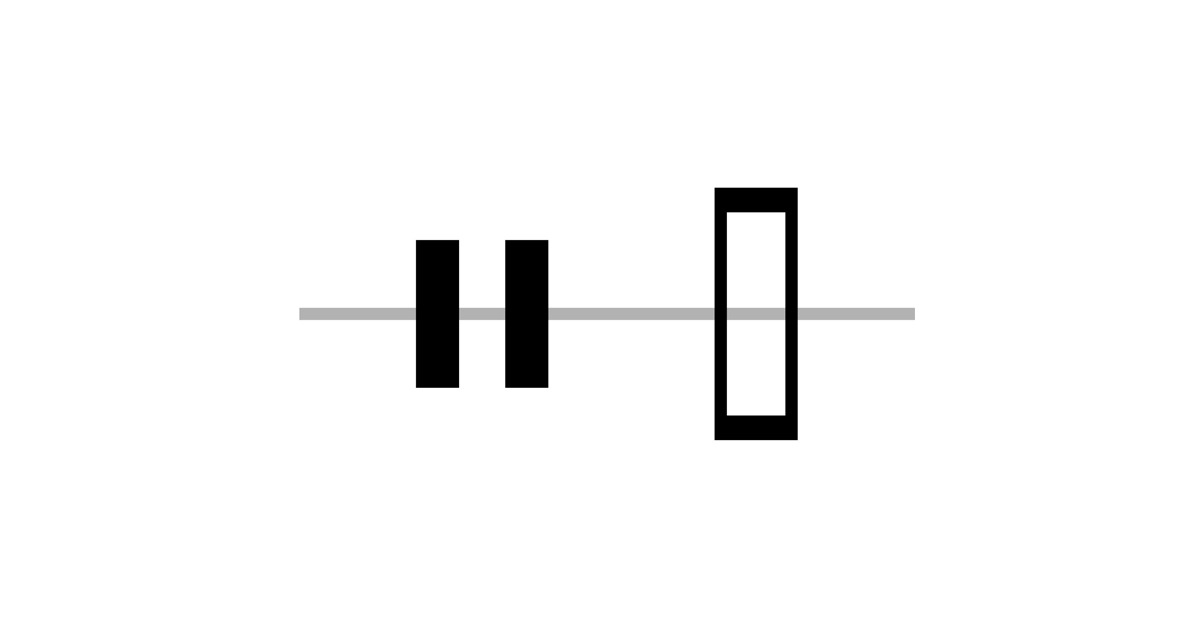
A percussion clef is used to indicate that the sheet music is written for atonal instruments that aren’t subject to a specific pitch. Usually, this applies to percussive instruments.
42. Quintuplet
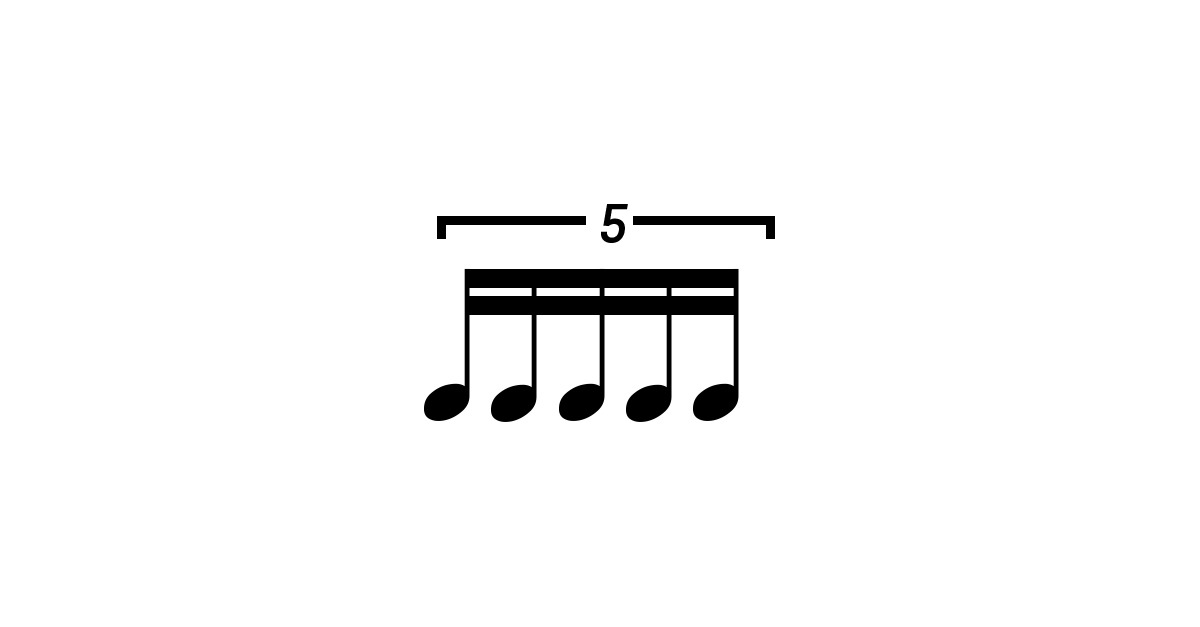
A group of notes barred together with the number five on top instructs the player to play the five notes within the note’s value in duple time.
For example, a eighth-note quintuplet should be played with a quarter note’s worth of time.
43. Repeat
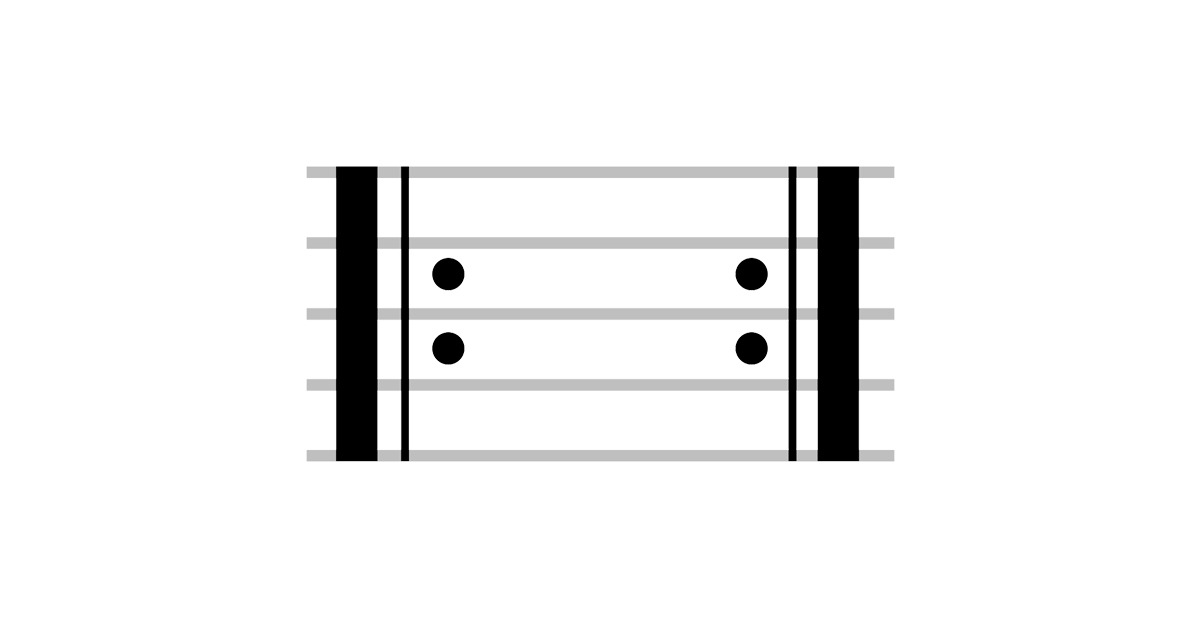
A repeat symbol indicates to the player to repeat a section, either from the top or from the repeat start symbol.
44. Rest

Rests are used to communicate when a player should be silent. There are many kinds of rest, each with a time length value based on a subdivision of a whole rest.
Rests are used to communicate when a player should be silent. There are many kinds of rest, each with a time length value based on a subdivision of a whole rest.
45. Segno
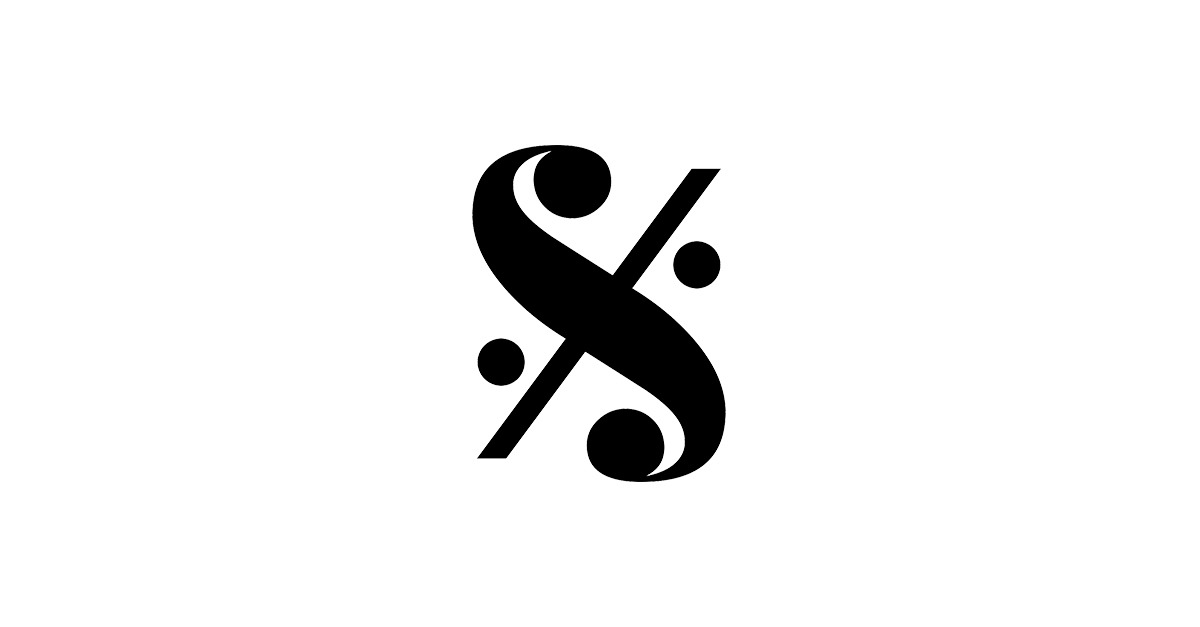
Segno is the sign where a player resumes playing after passing a dal segno instruction.
46. Sextuplet
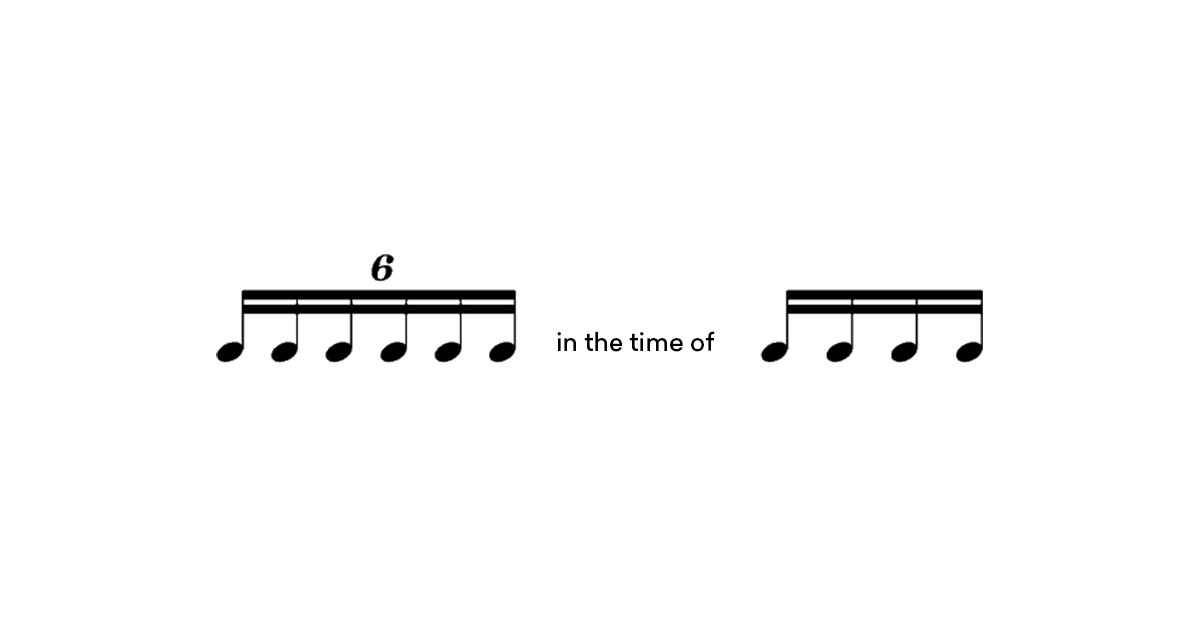
A group of notes barred together with the number six on top instructs the player to play the six notes within the note’s value in duple time.
For example, a eight note sextuplet should be played with a quarter note’s worth of time.
47. Sforzando
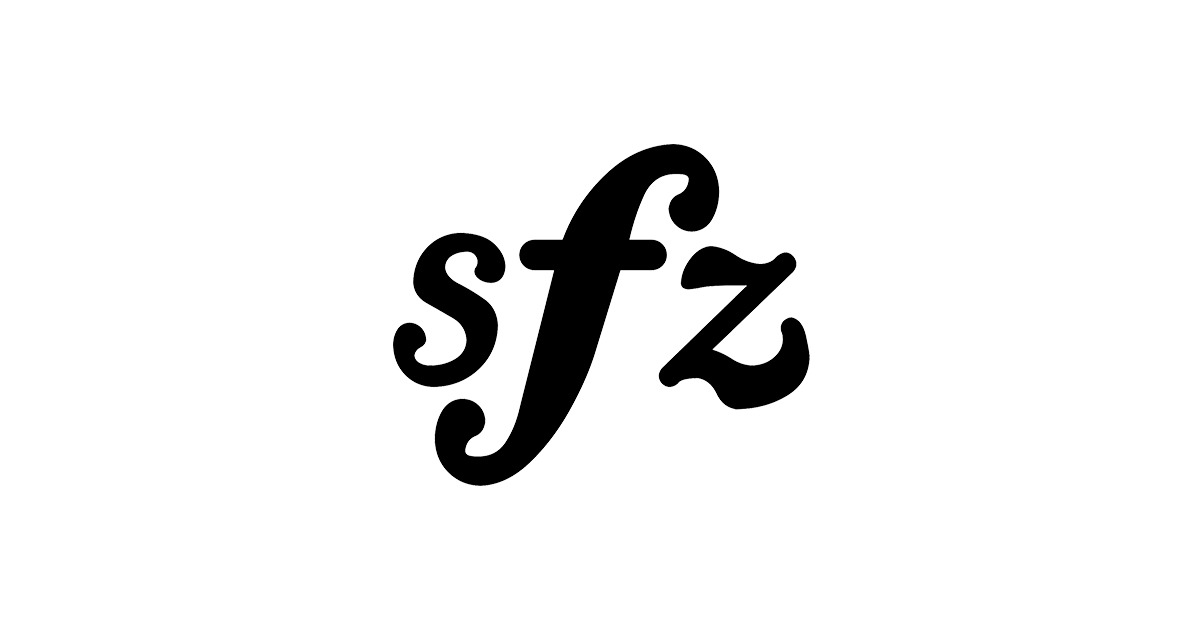
Sforzando calls for a loud and abrupt increase and decrease in dynamic.
48. Sharp
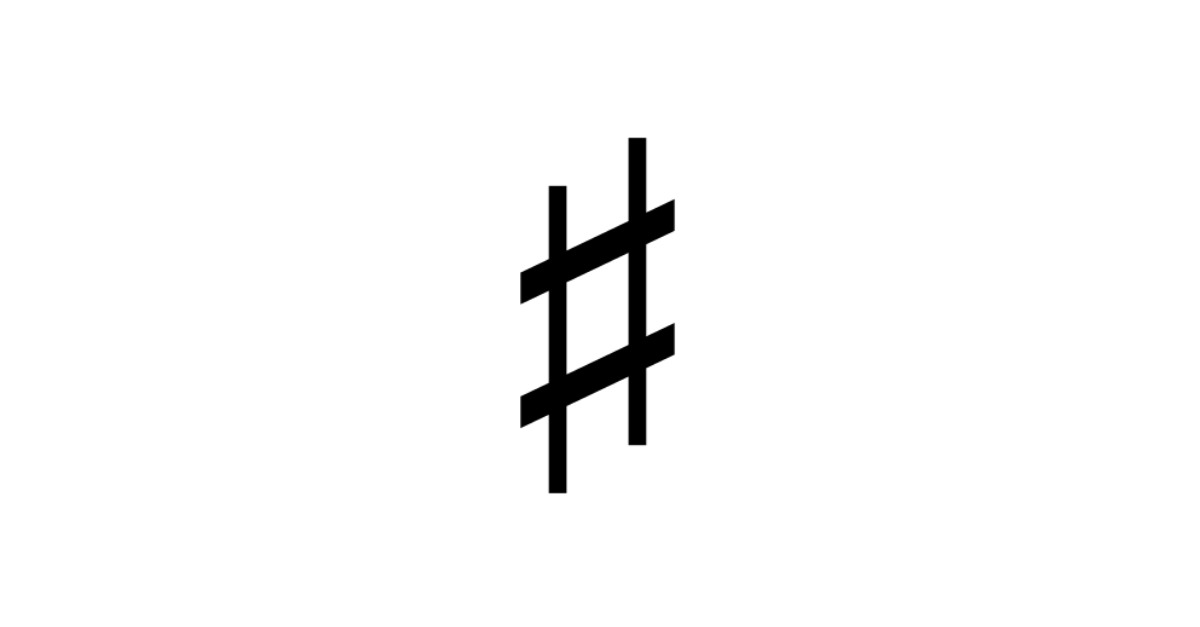
A sharp symbol indicates that a note must be played one semitone higher than its natural state.
49. Simile
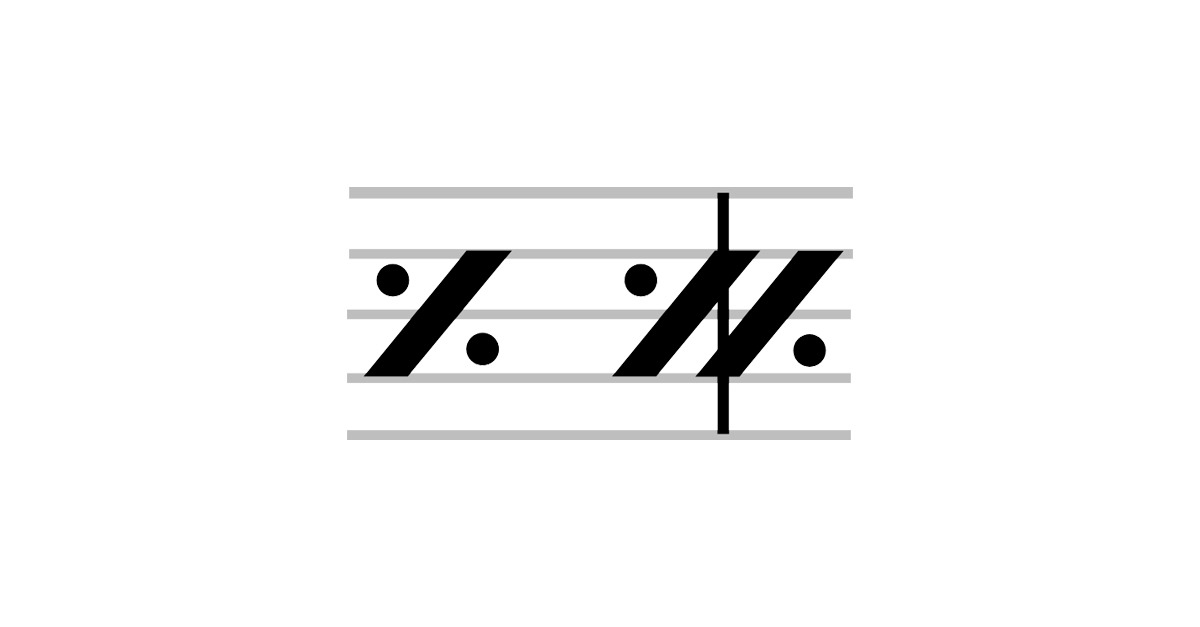
In sheet music, a simile symbol indicates that the player should repeat what’s written in the previous bar.
50. Slur
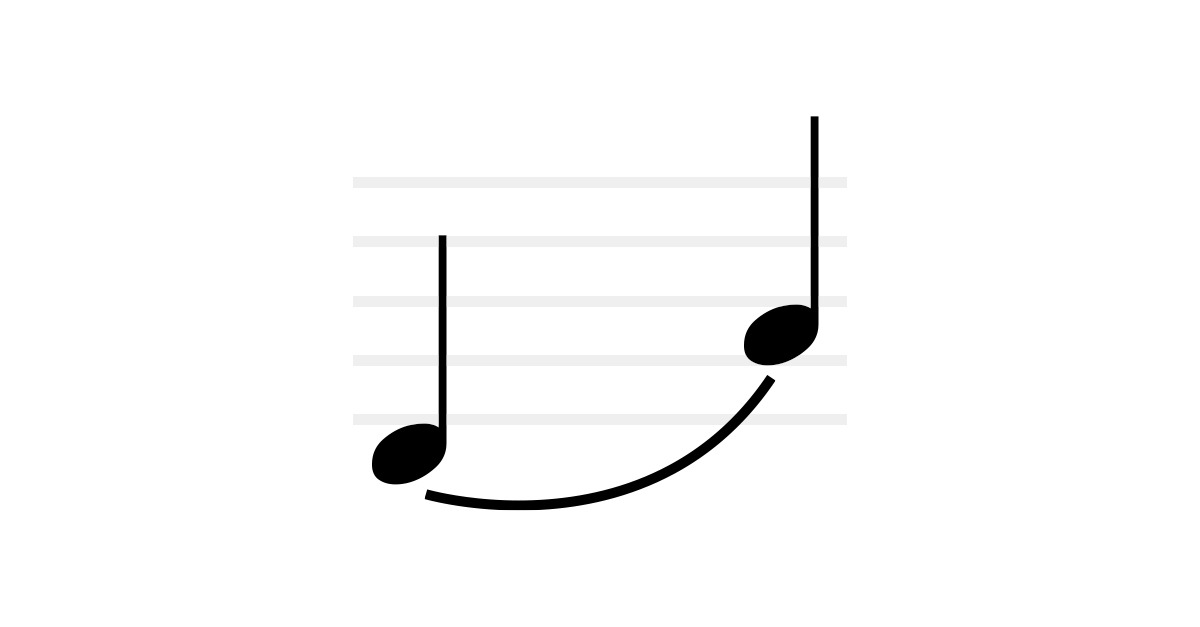
In sheet music, a slur symbol indicates that the player must play all the notes connected without any articulation, essentially the notes should be played slurred together.
51. Staccato
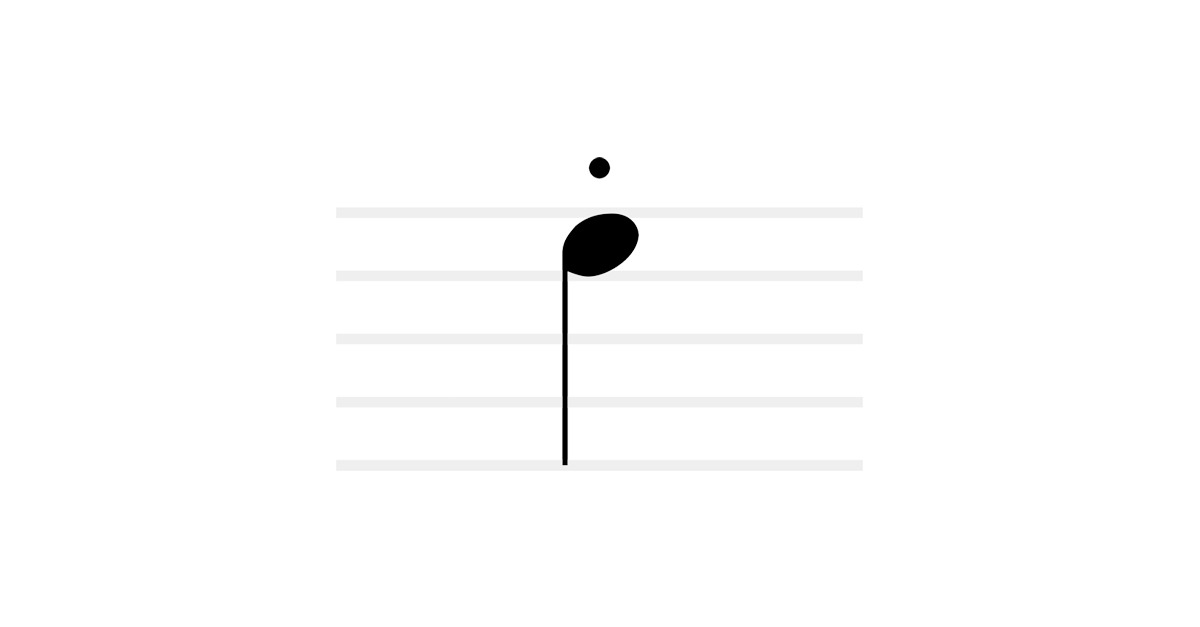
A staccato mark on a note indicates that the player should play the note shorter and more abbreviated than it’s typical value.
52. Staff
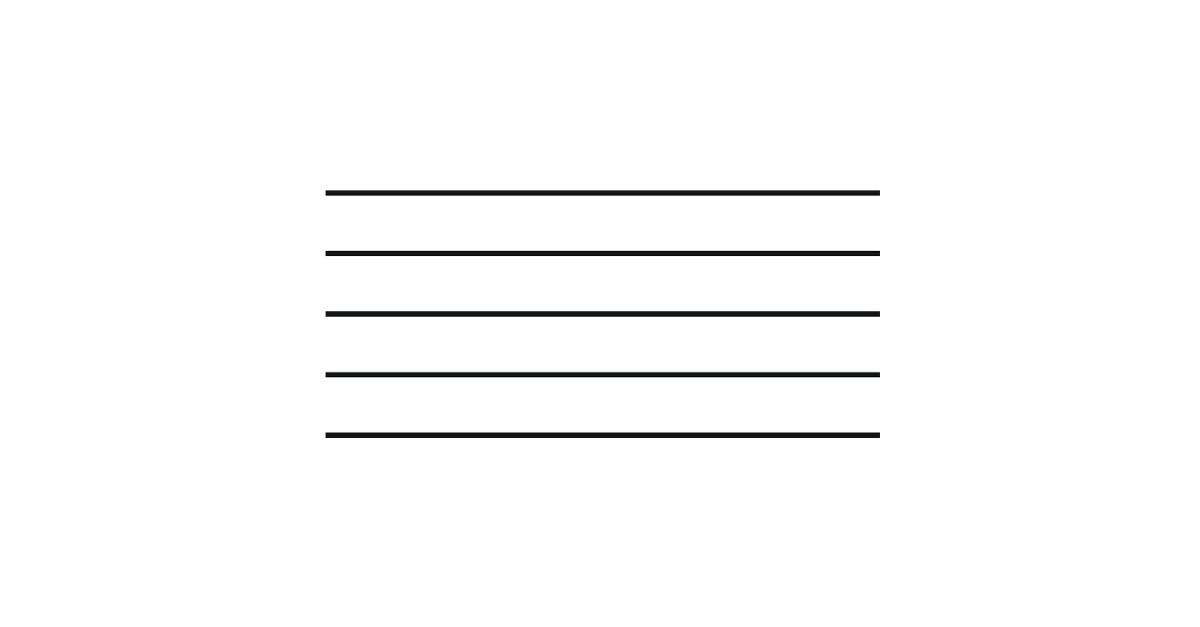
The staff in sheet music the five horizontal lines around which notes are written. The staff is the base structure for all written music.
53. Sustain Pedal Engage
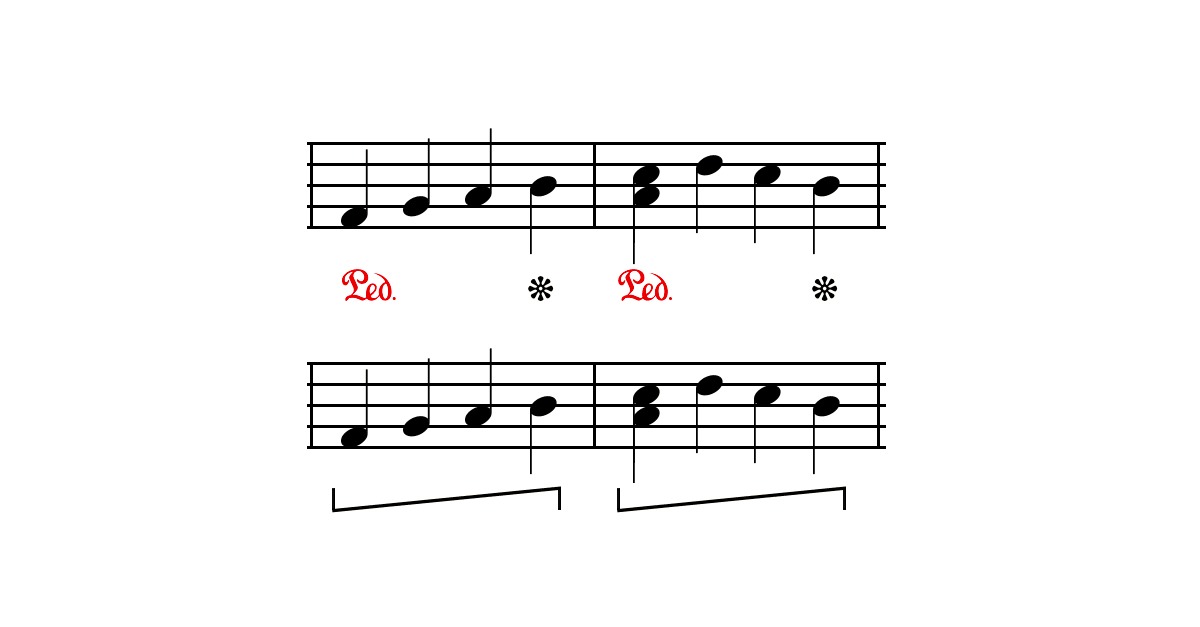
The sustain pedal engages symbol indicates to a piano or vibraphone player to depress the sustain pedal and let the notes ring out.
54. Sustain Pedal Release
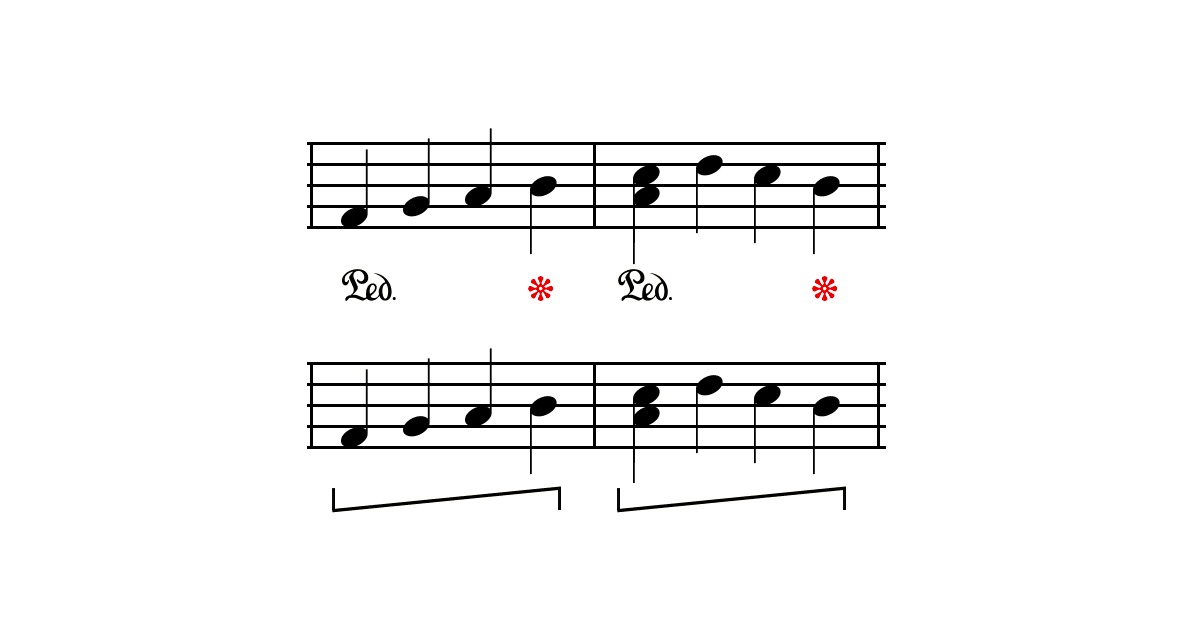
The sustain pedal release symbol indicates to the play that the sustain pedal should be turn off at a specific point in the piece.
55. Tenuto
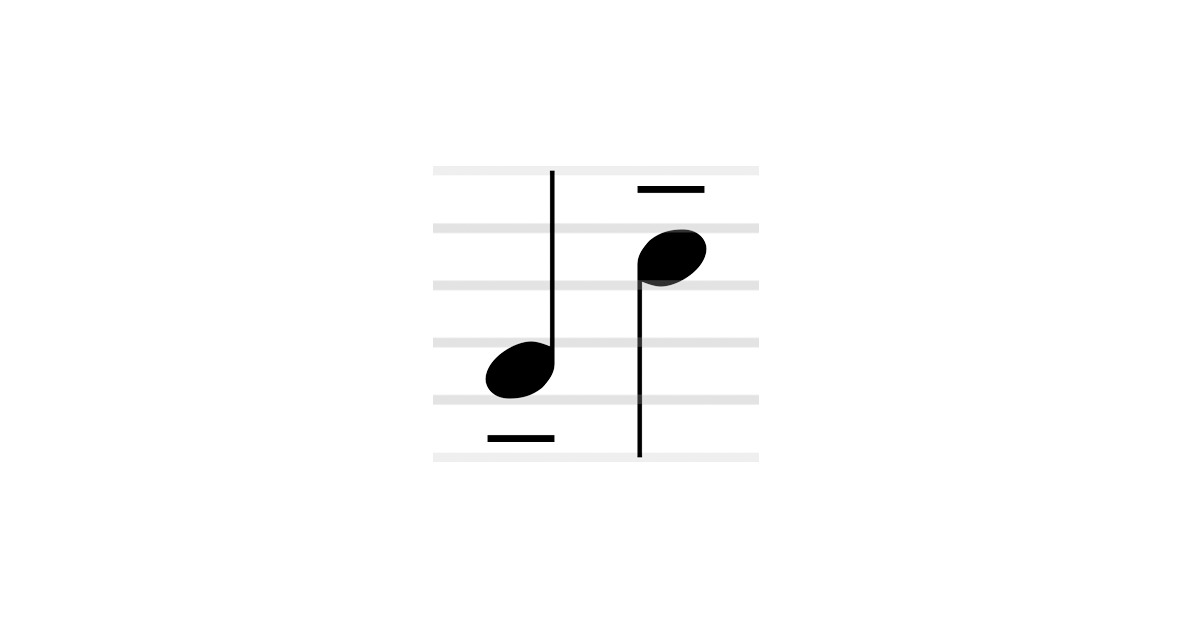
The tenuto marking tells the player to sustain the note to its absolute maximum values. Tenuto notes should as little space as possible between them.
56. Time Signature
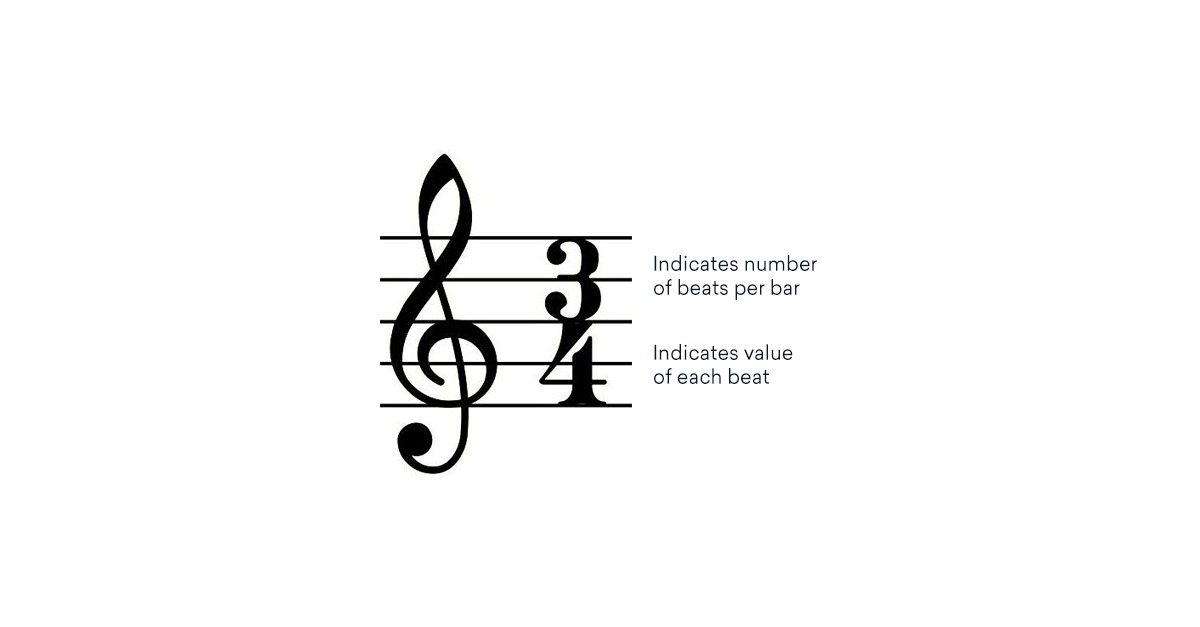
The time signature is the stacked number symbol at the beginning of a piece of music. It dictates the meter and number of beats in a bar.
57. Tremolo
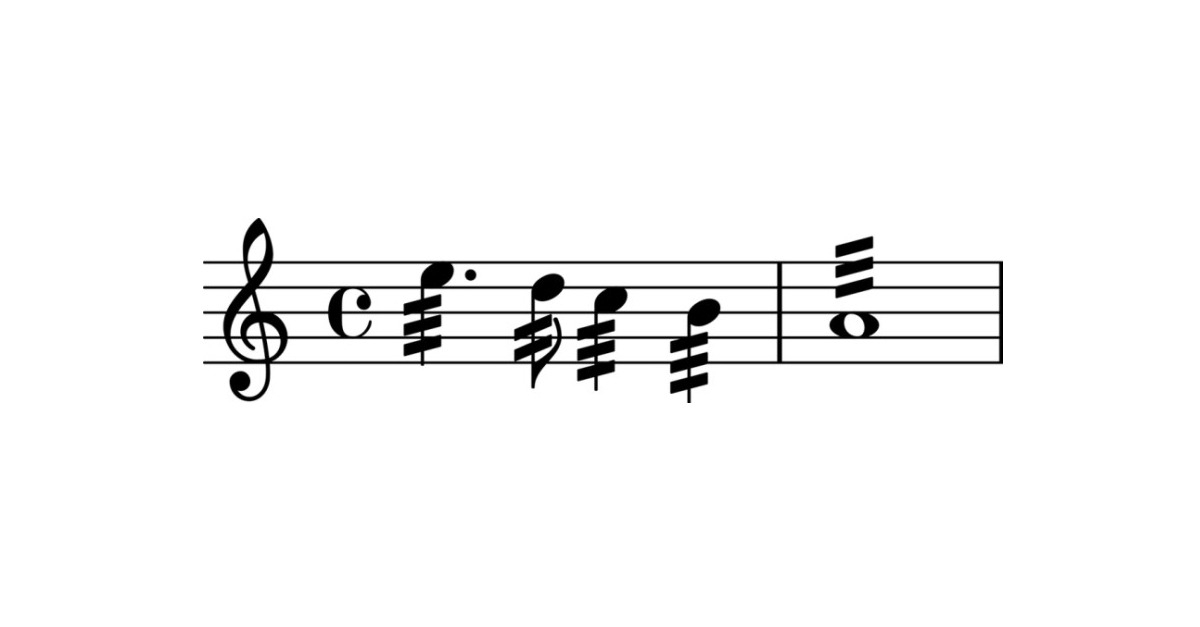
The tremolo markings indicate the player should play the notes in a rapidly repeating way to create a tremolo effect.
58. Trill
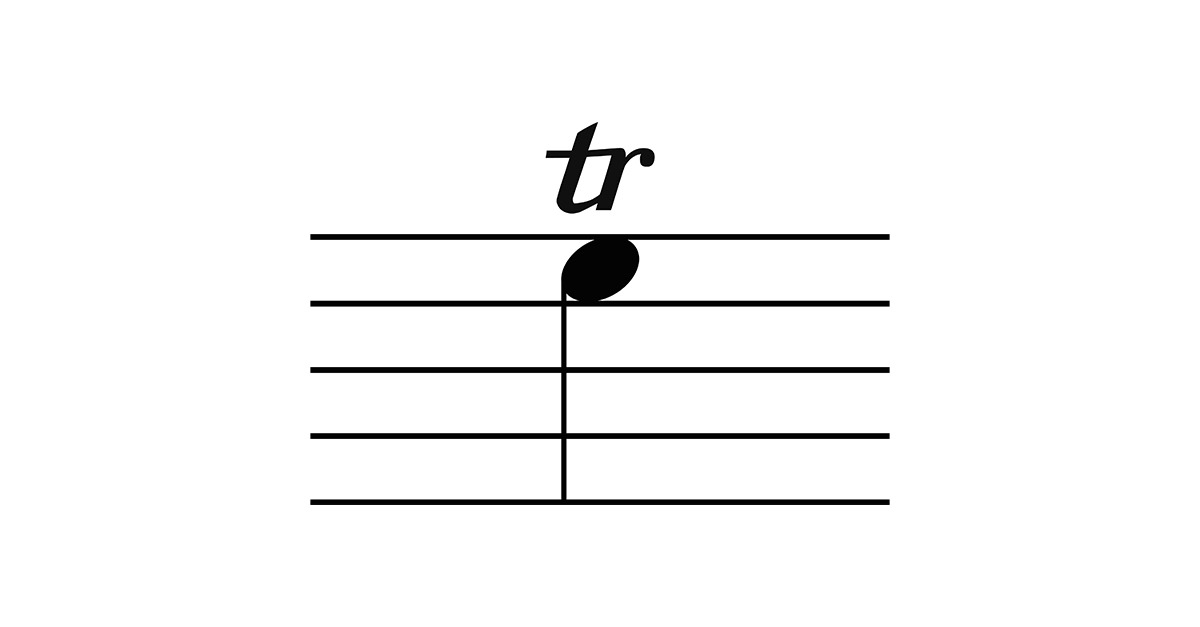
A trill symbol instructs the player to oscillate between two chromatic notes very quickly.
59. Up-bow
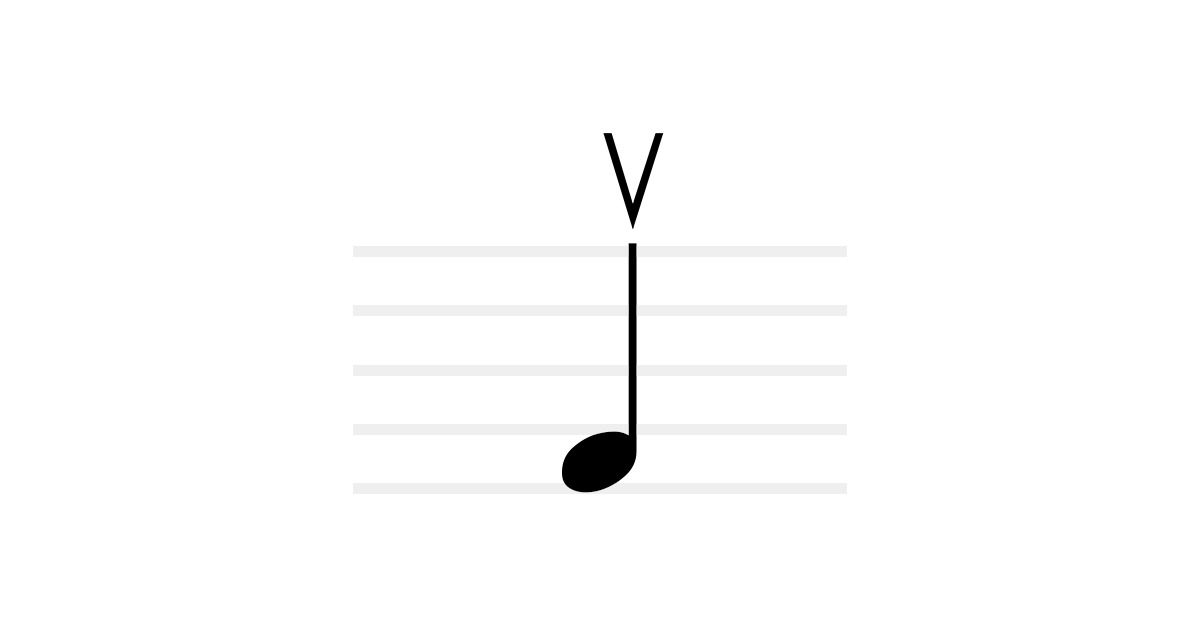
An up-bow symbol indicates that a string player must play the note using an upward bowing motion.
60. Volta Brackets
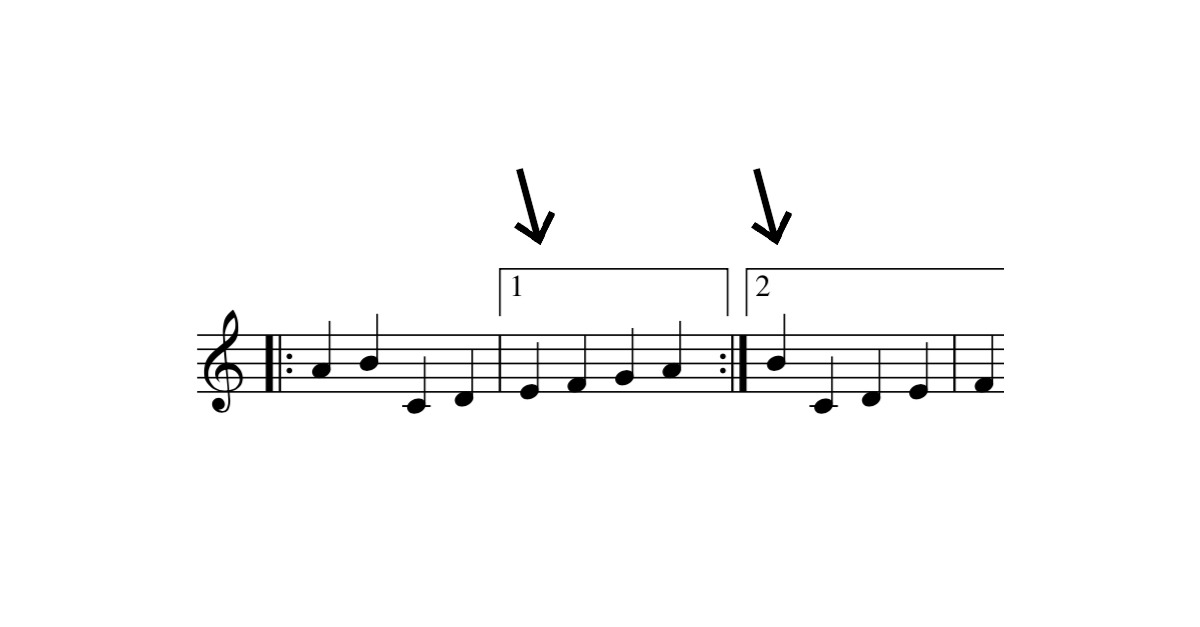
Volta brackets tell the player to play an alternate ending section after a repeat.
Music symbols are important
Now you know pretty much every symbol used in sheet music.
With a little bit of practice, you’ll be reading and playing music without thinking twice about the music symbols on the page.
Want to learn more about music creation? Check out LANDR’s online music courses.
Gear guides, tips, tutorials, inspiration and more—delivered weekly.
Keep up with the LANDR Blog.

